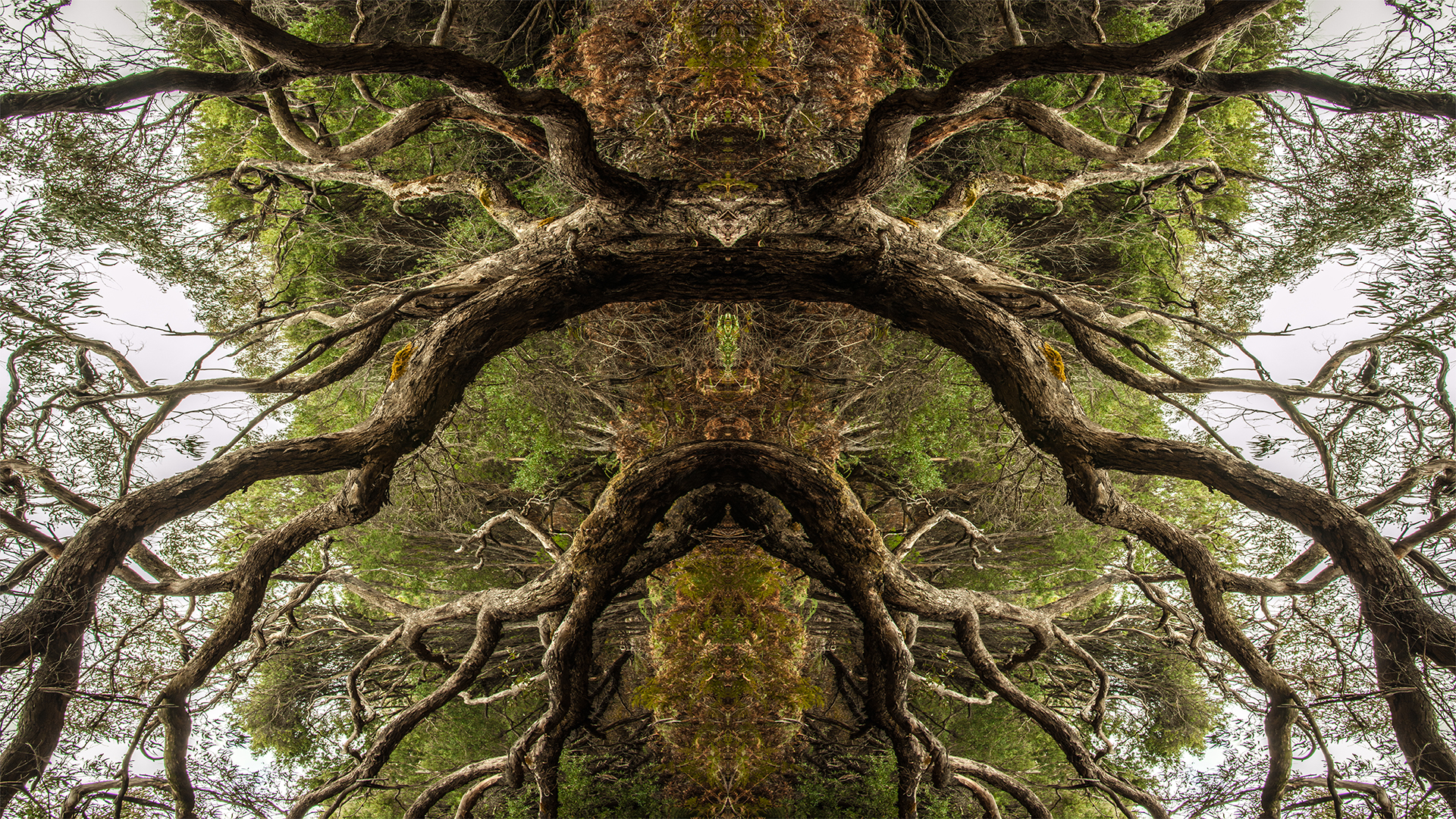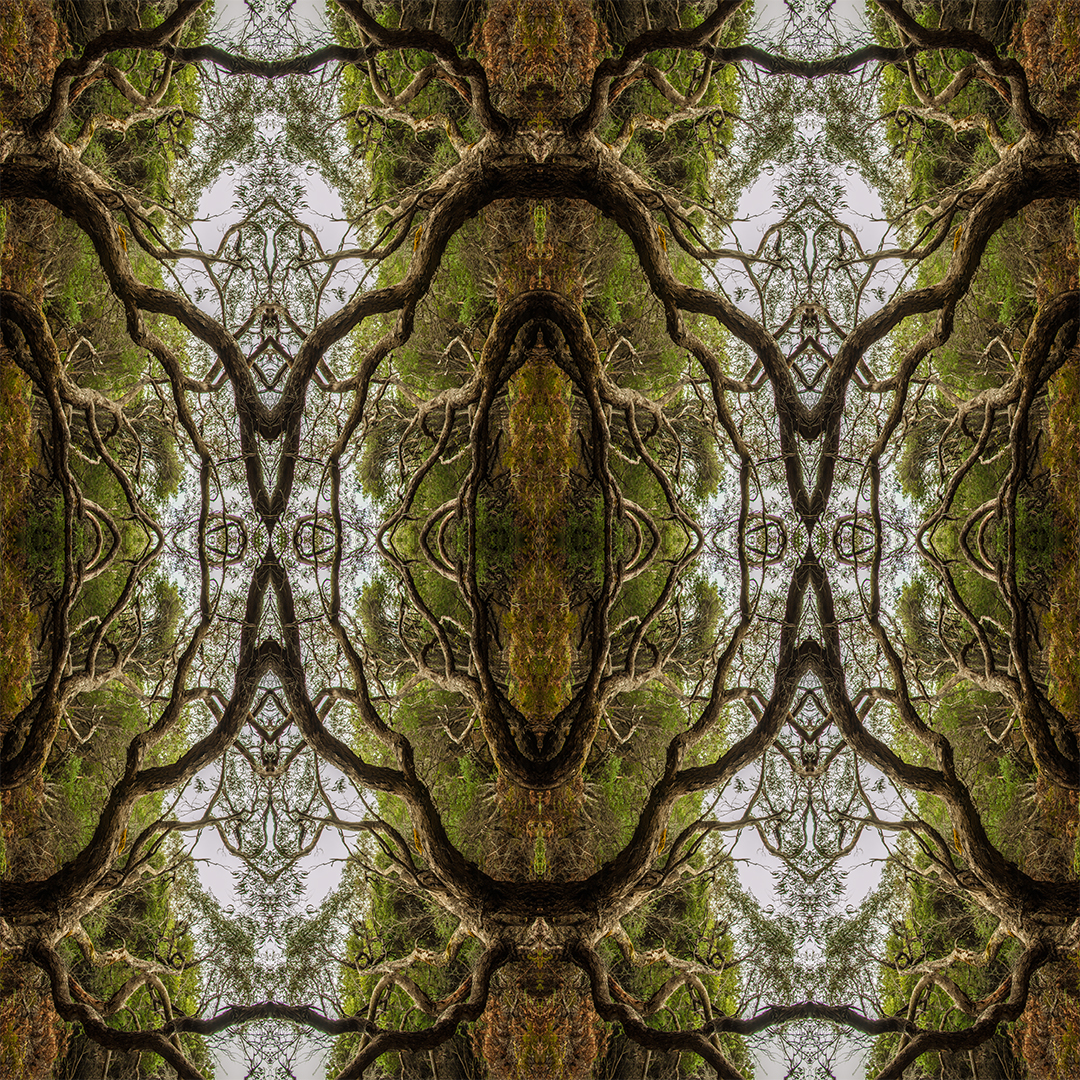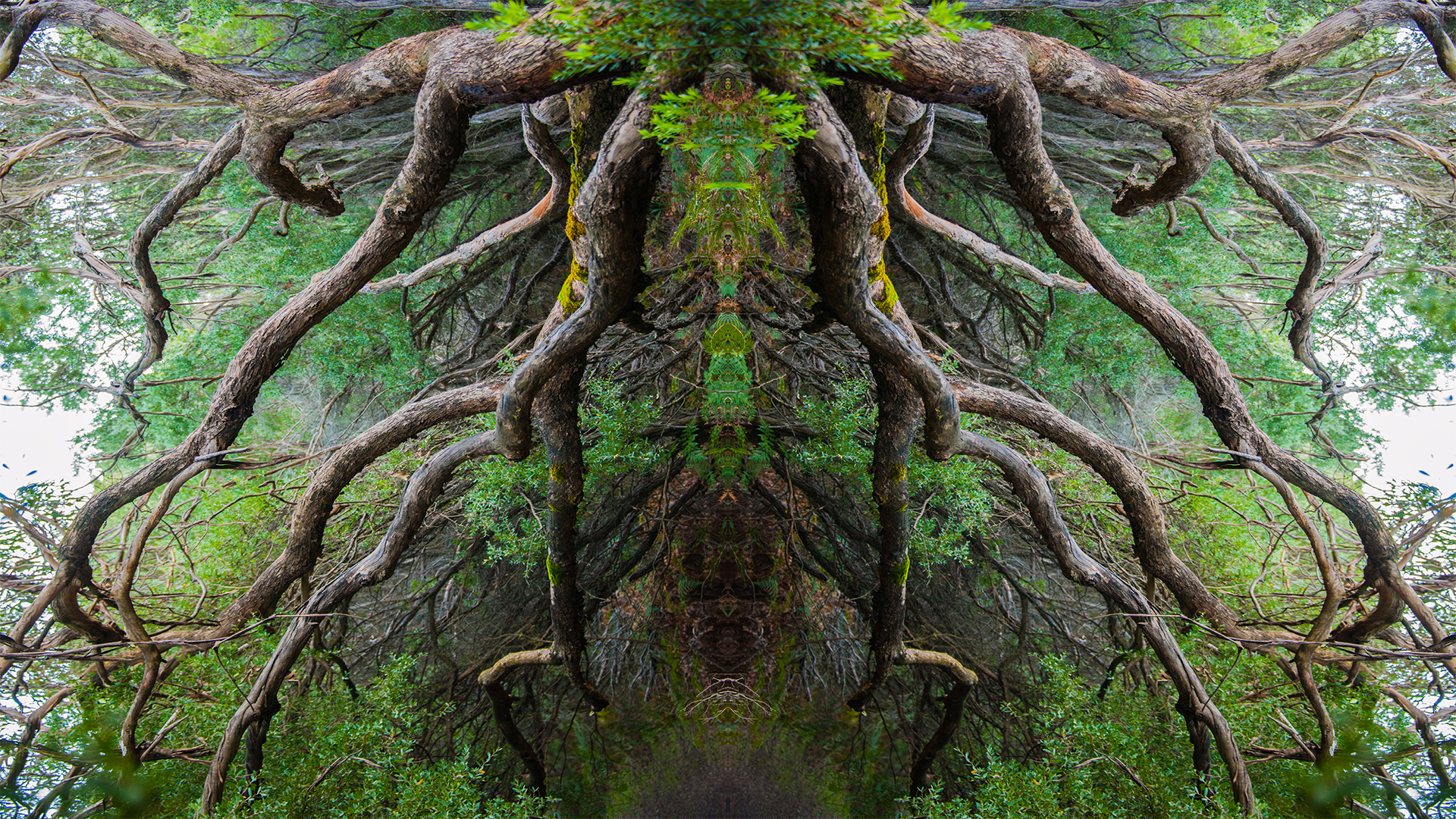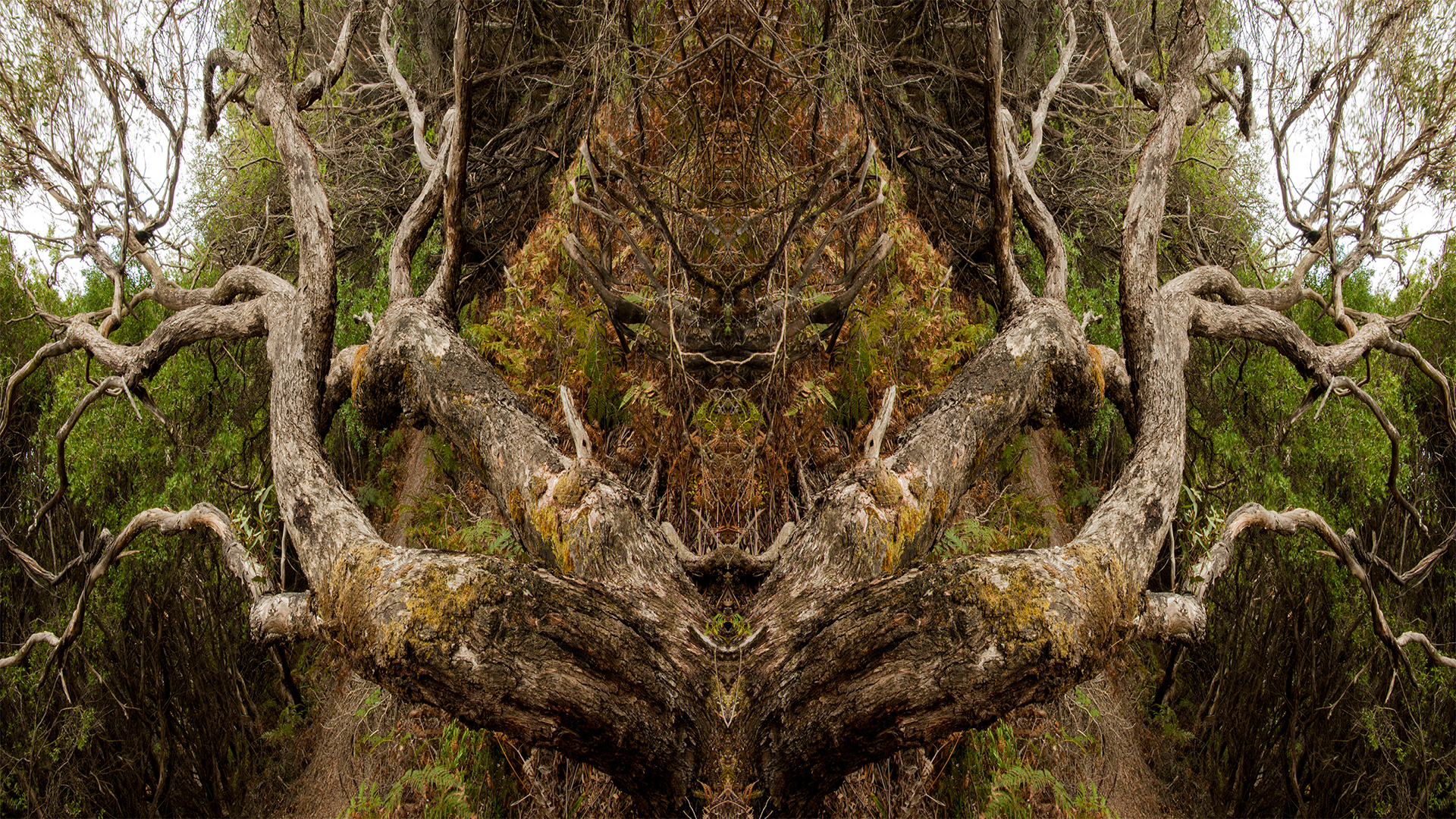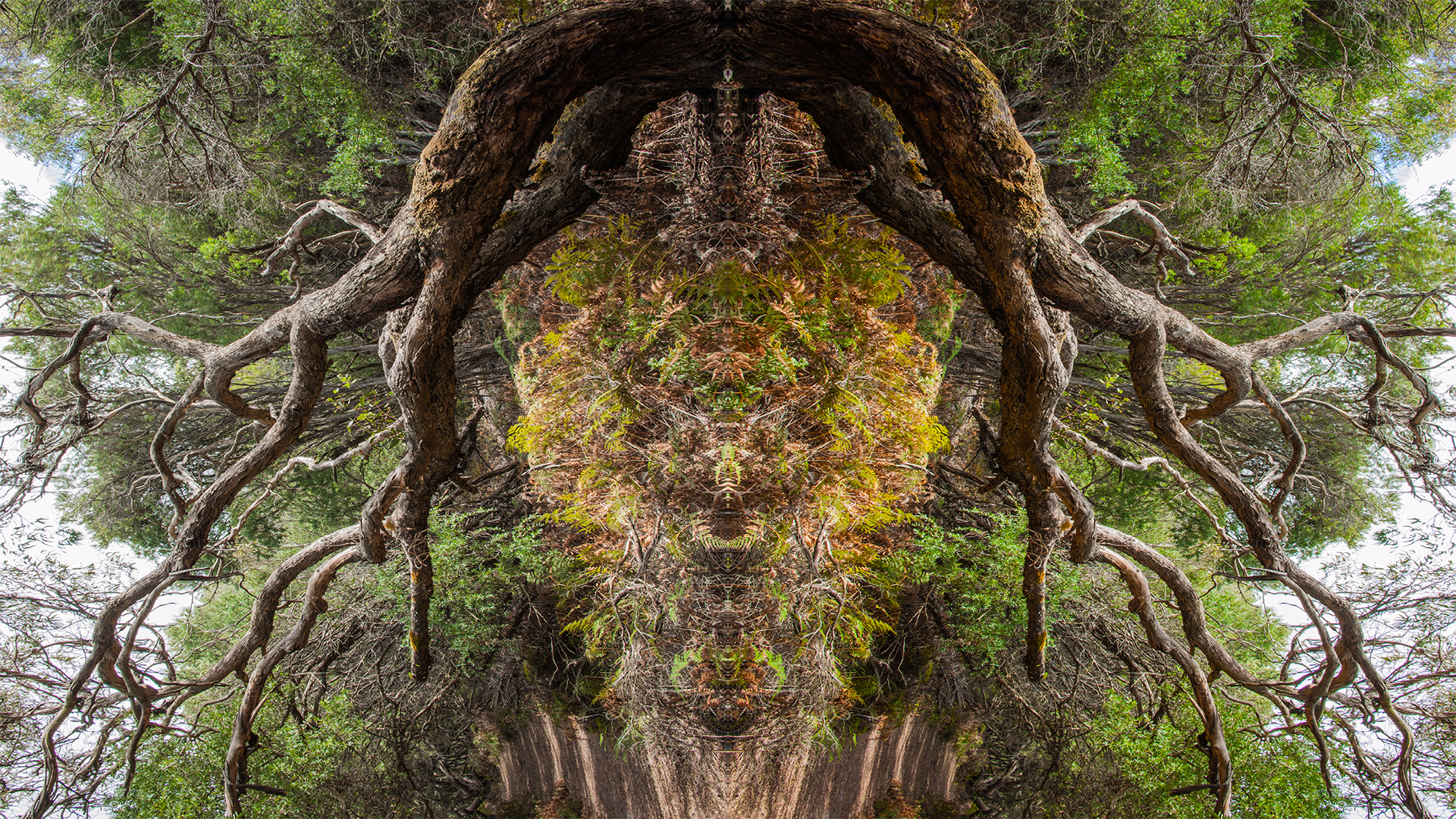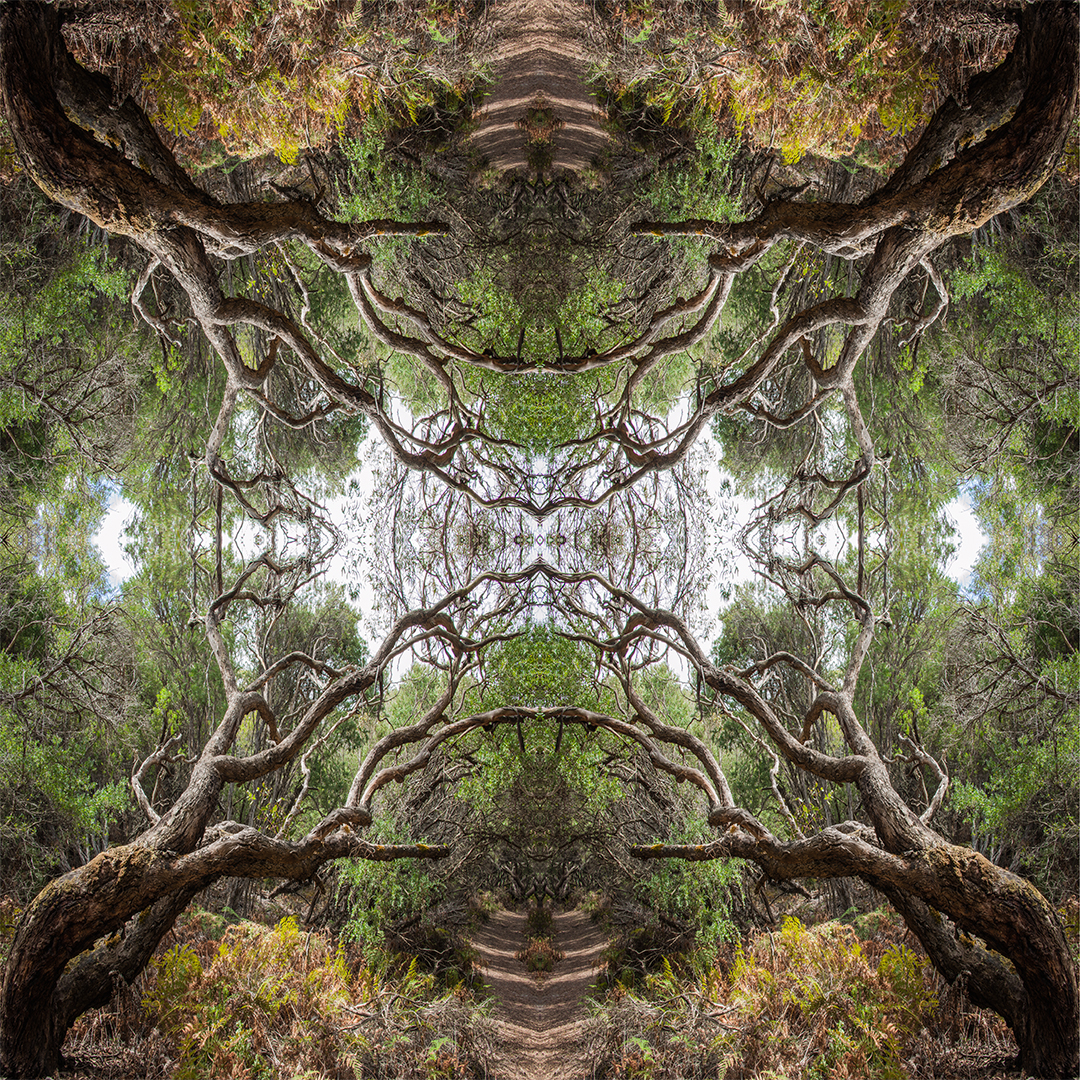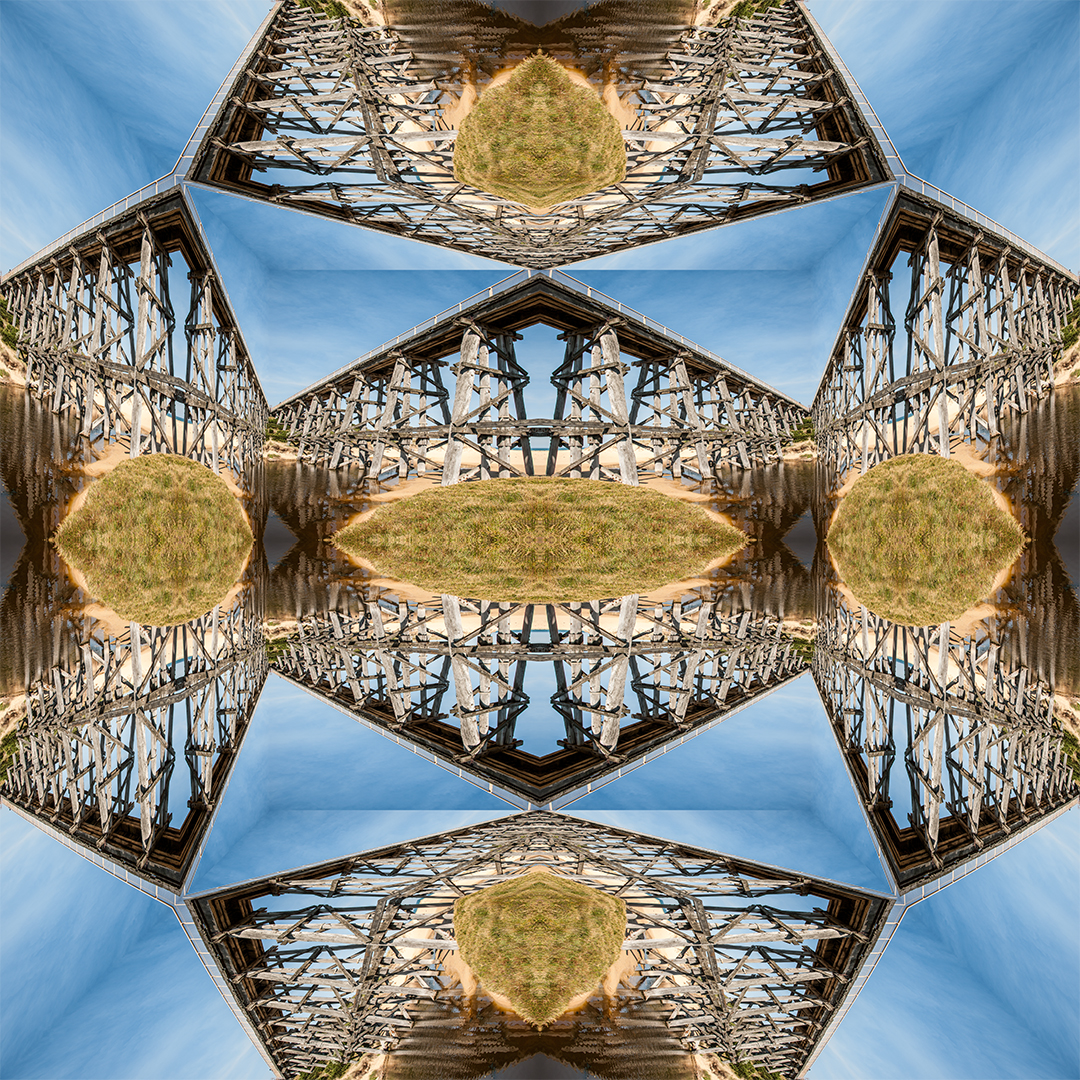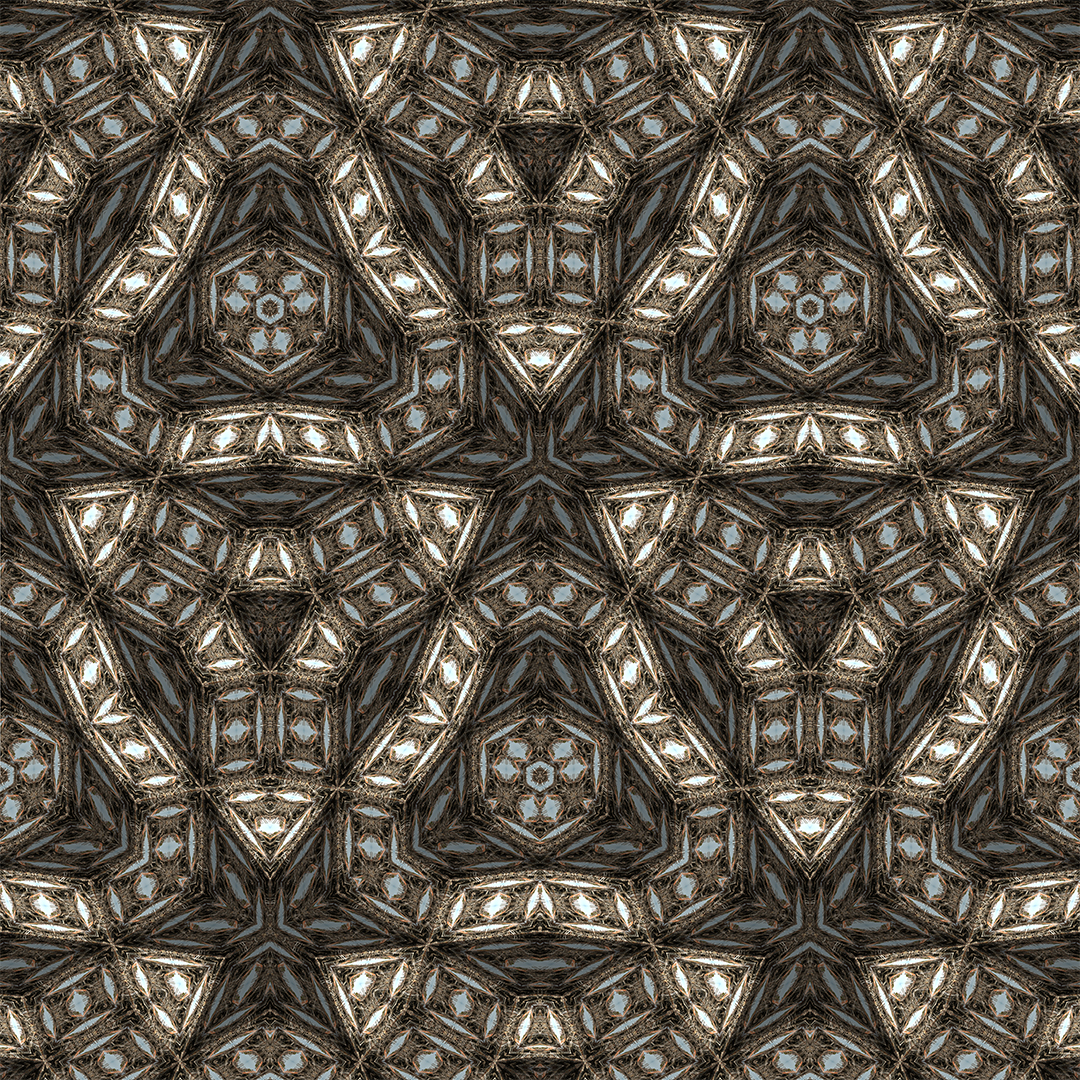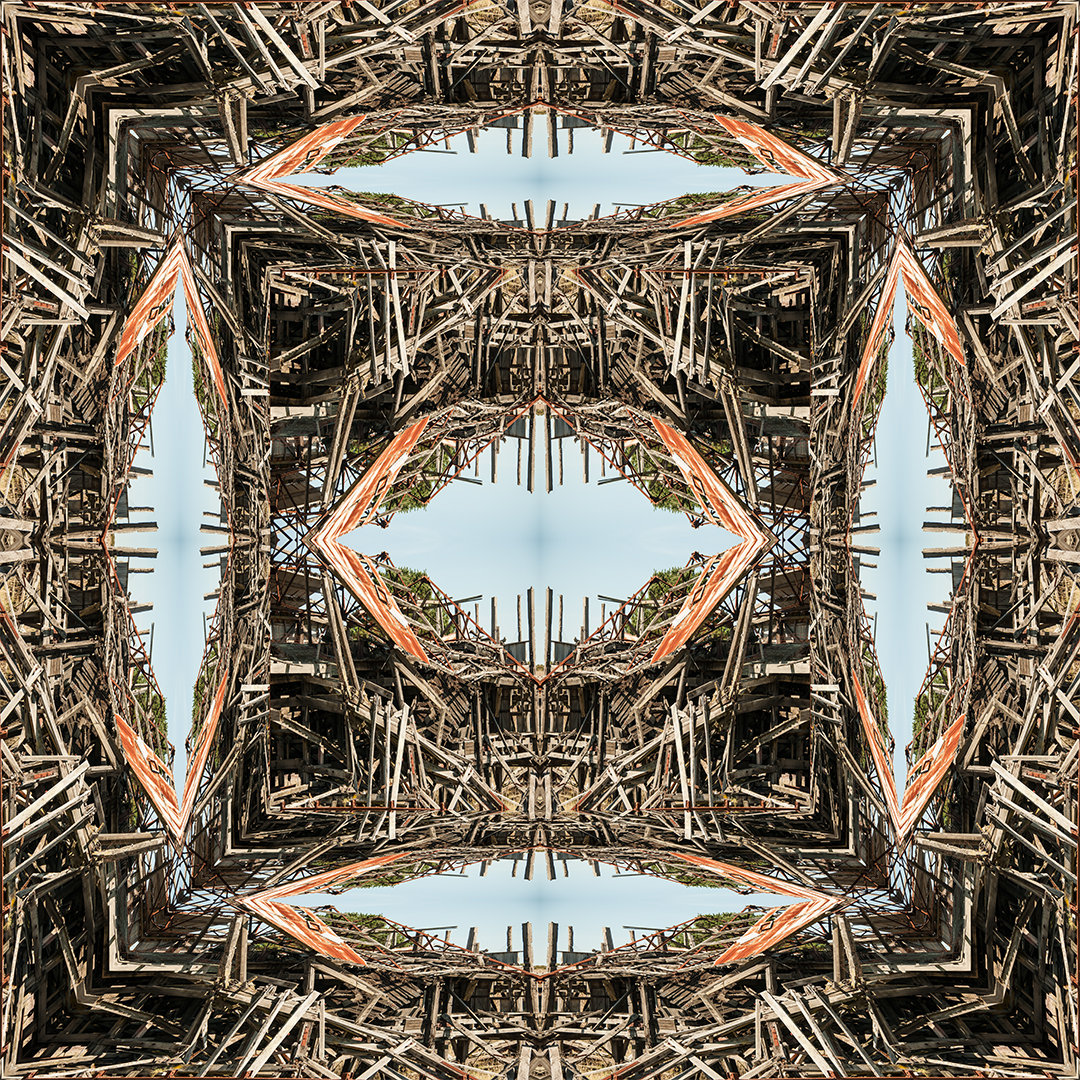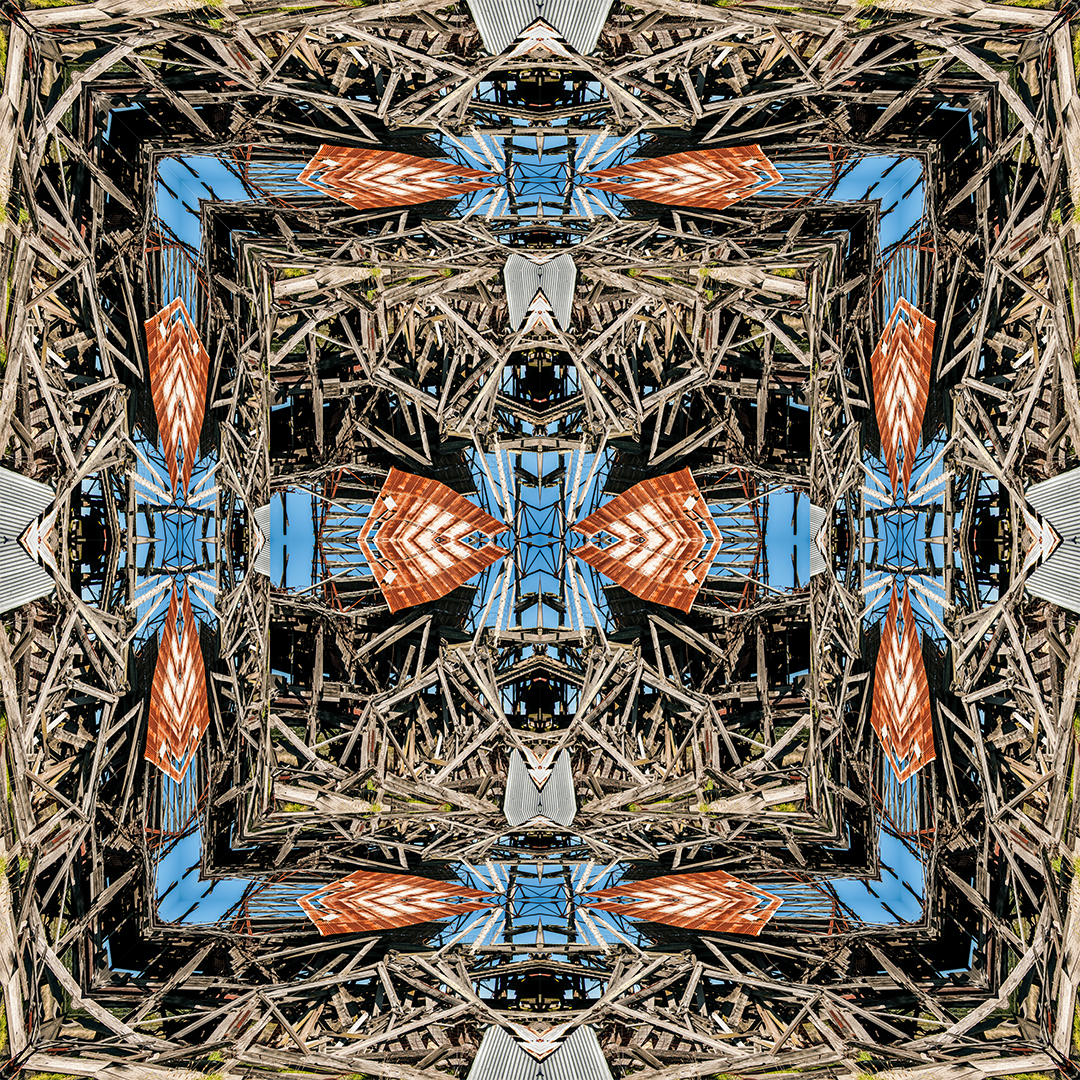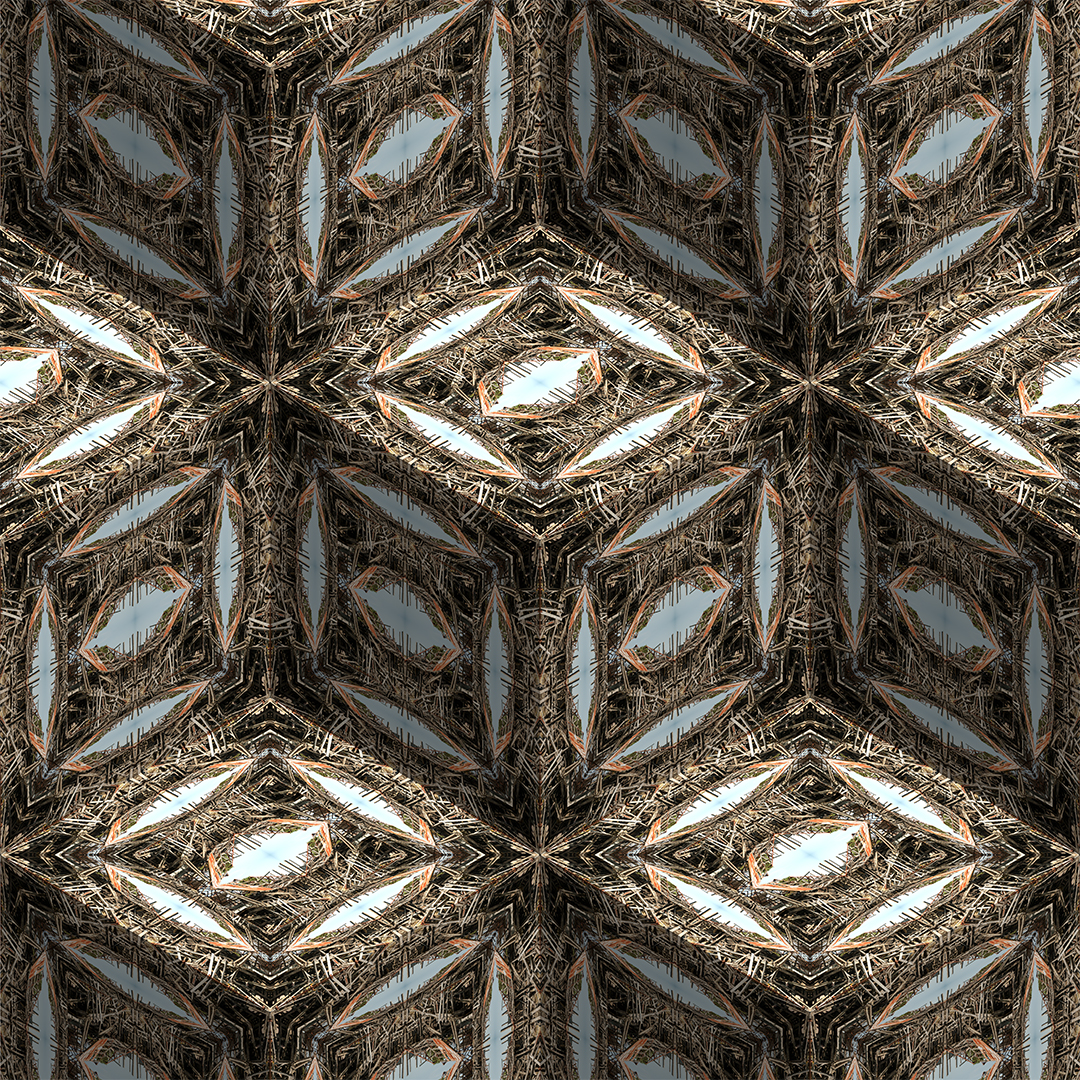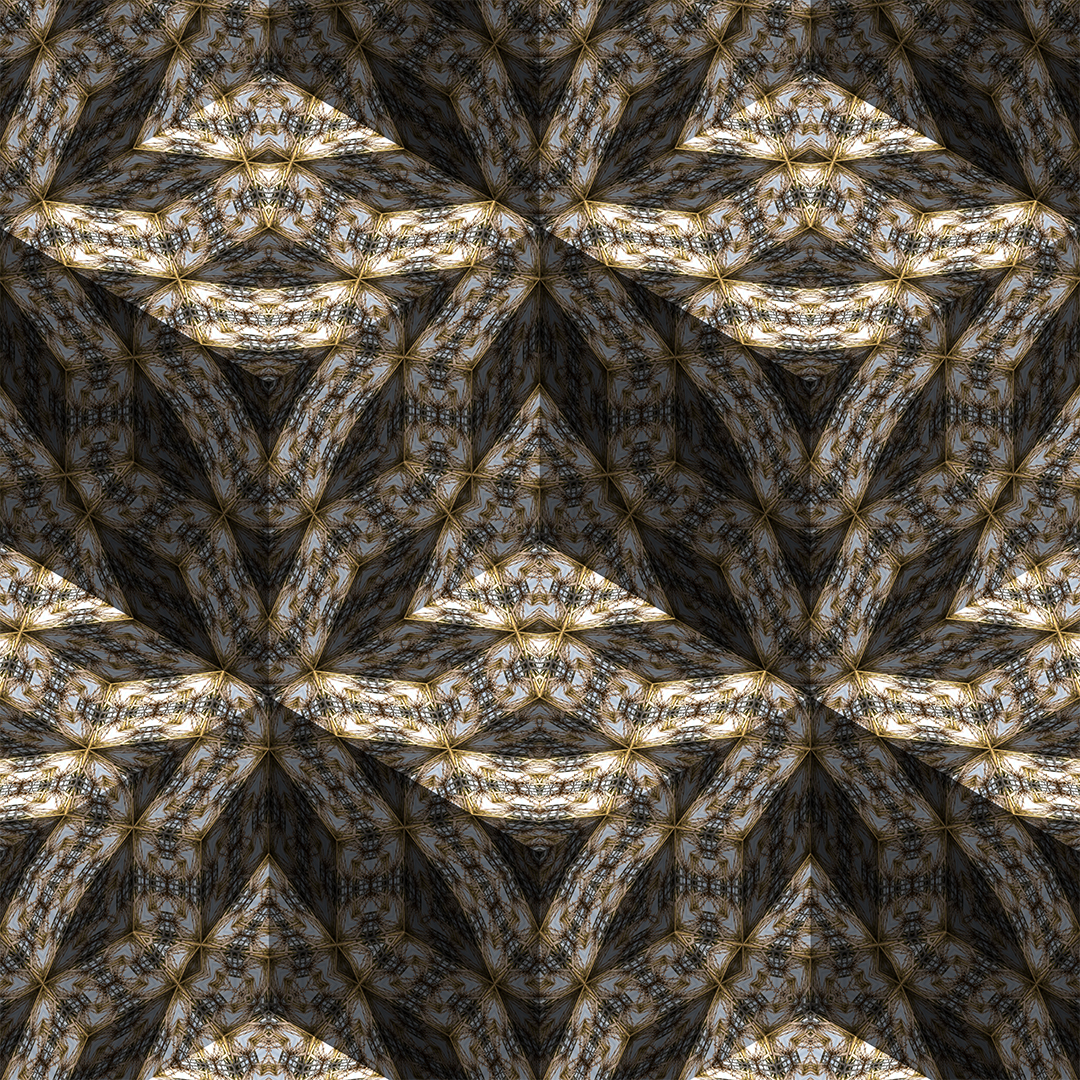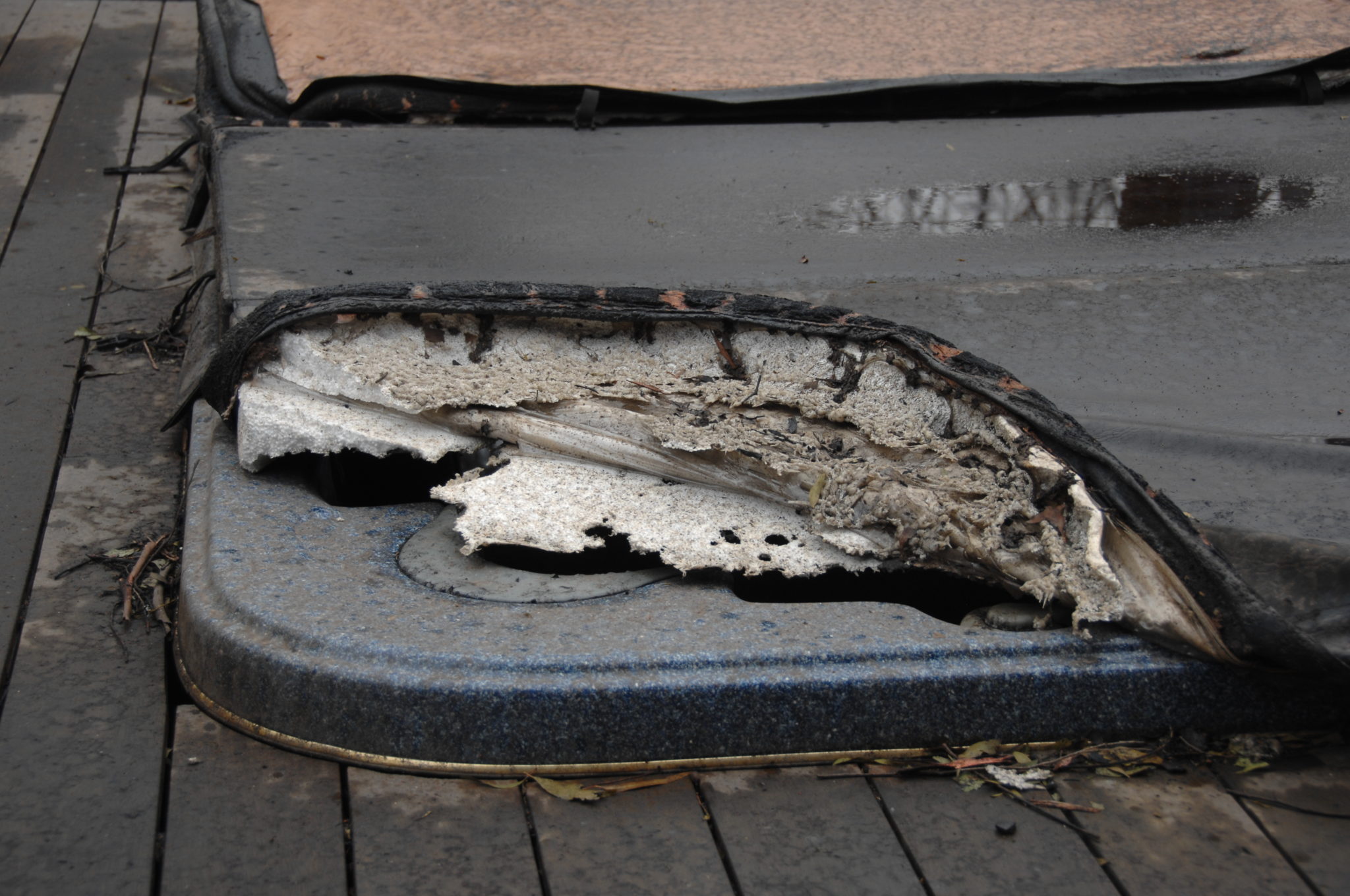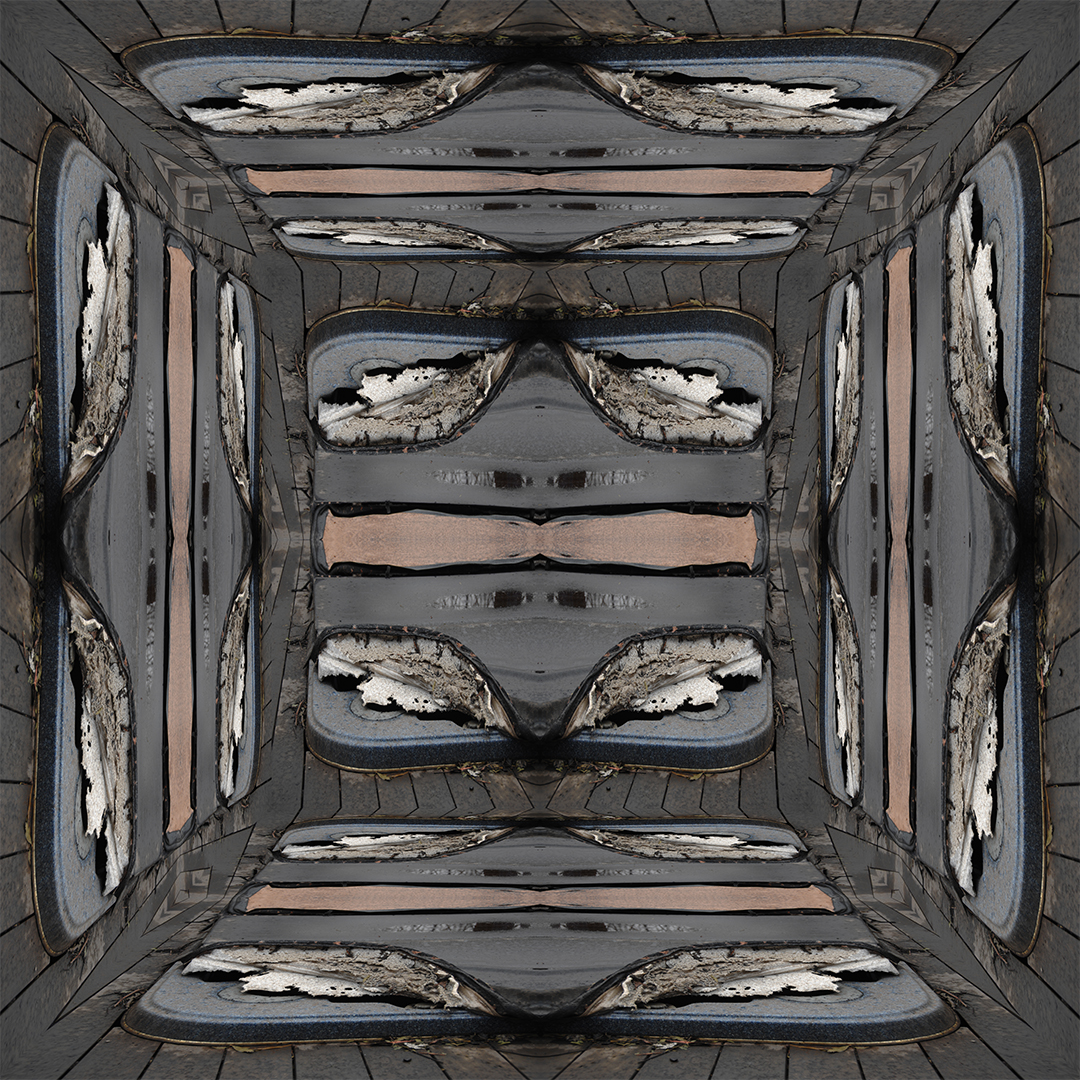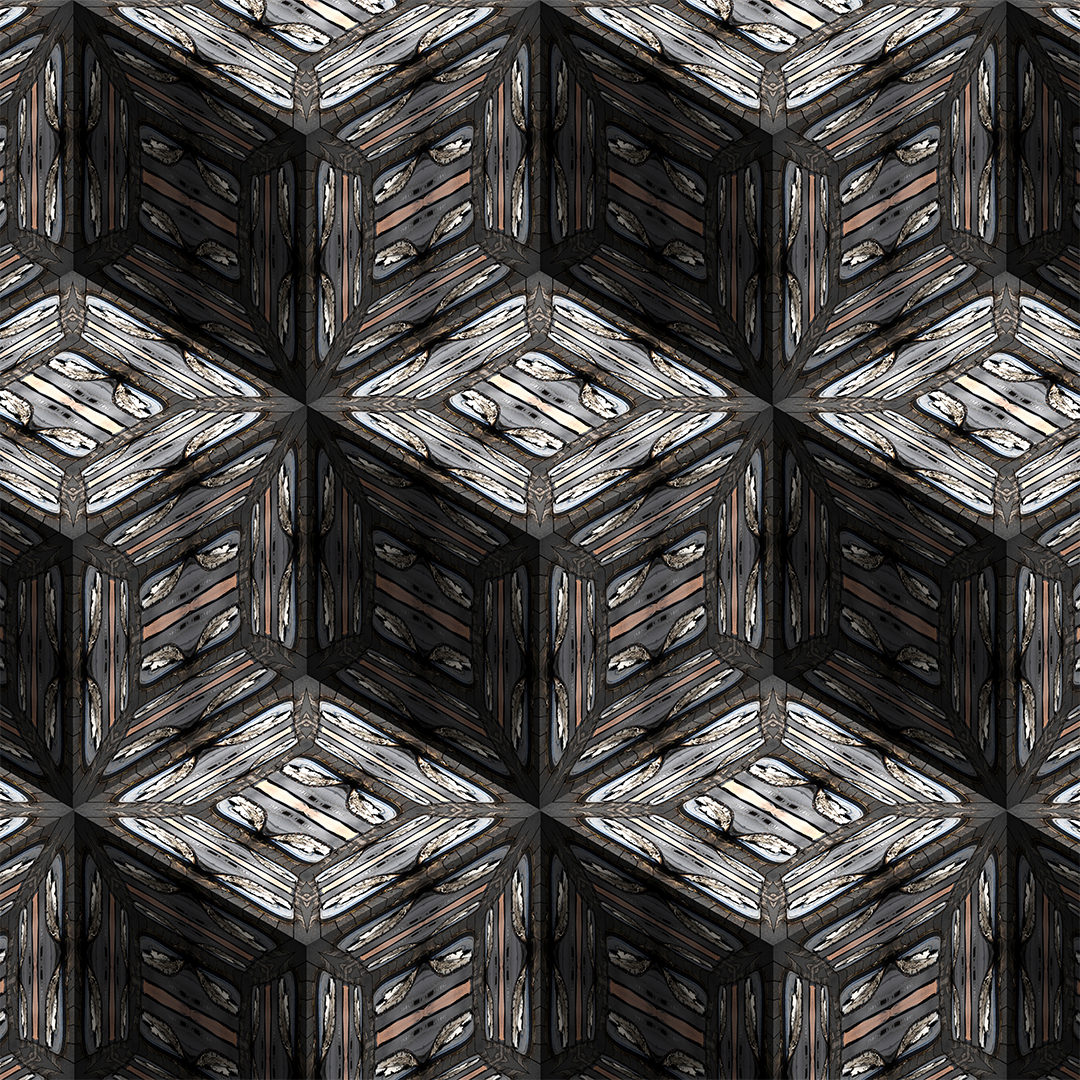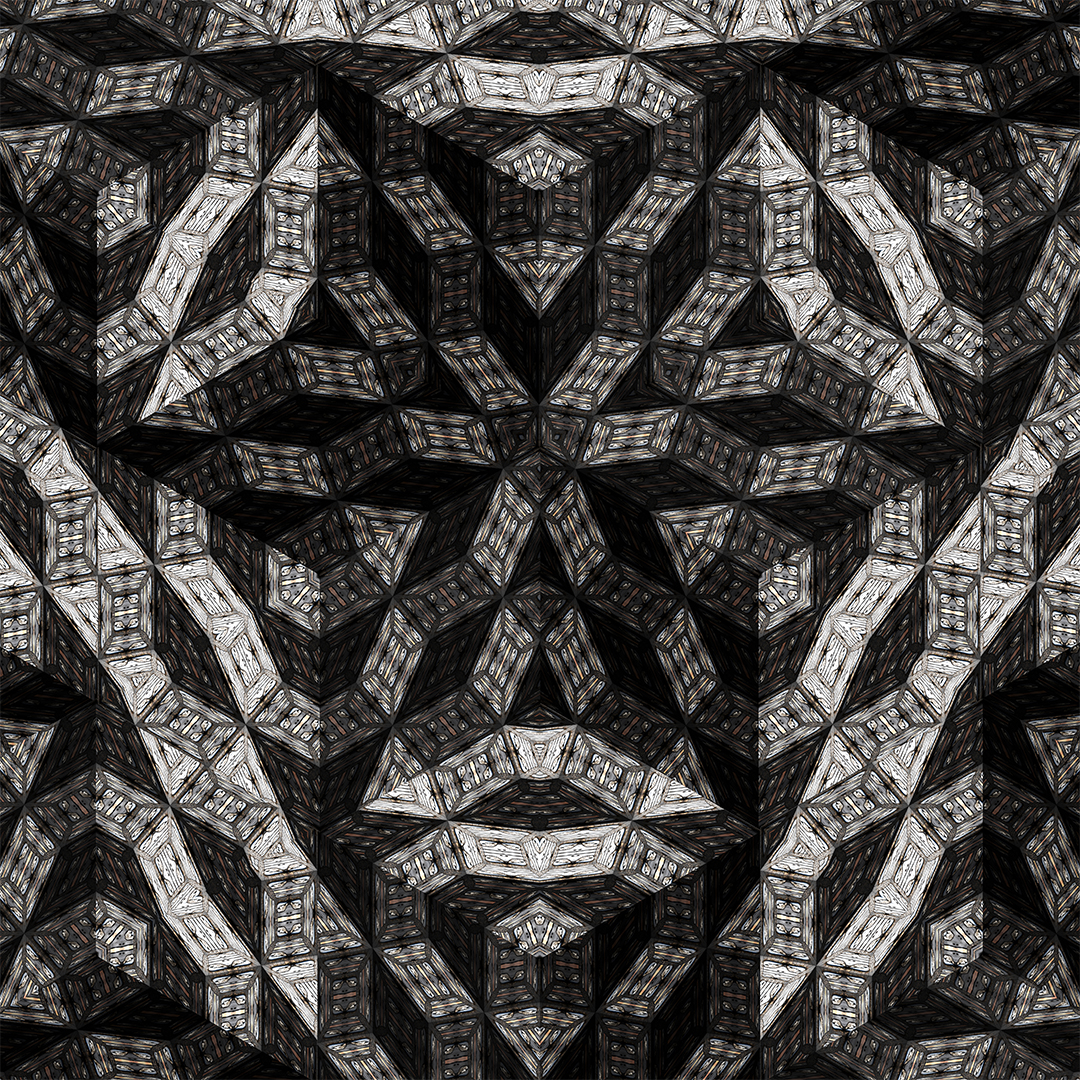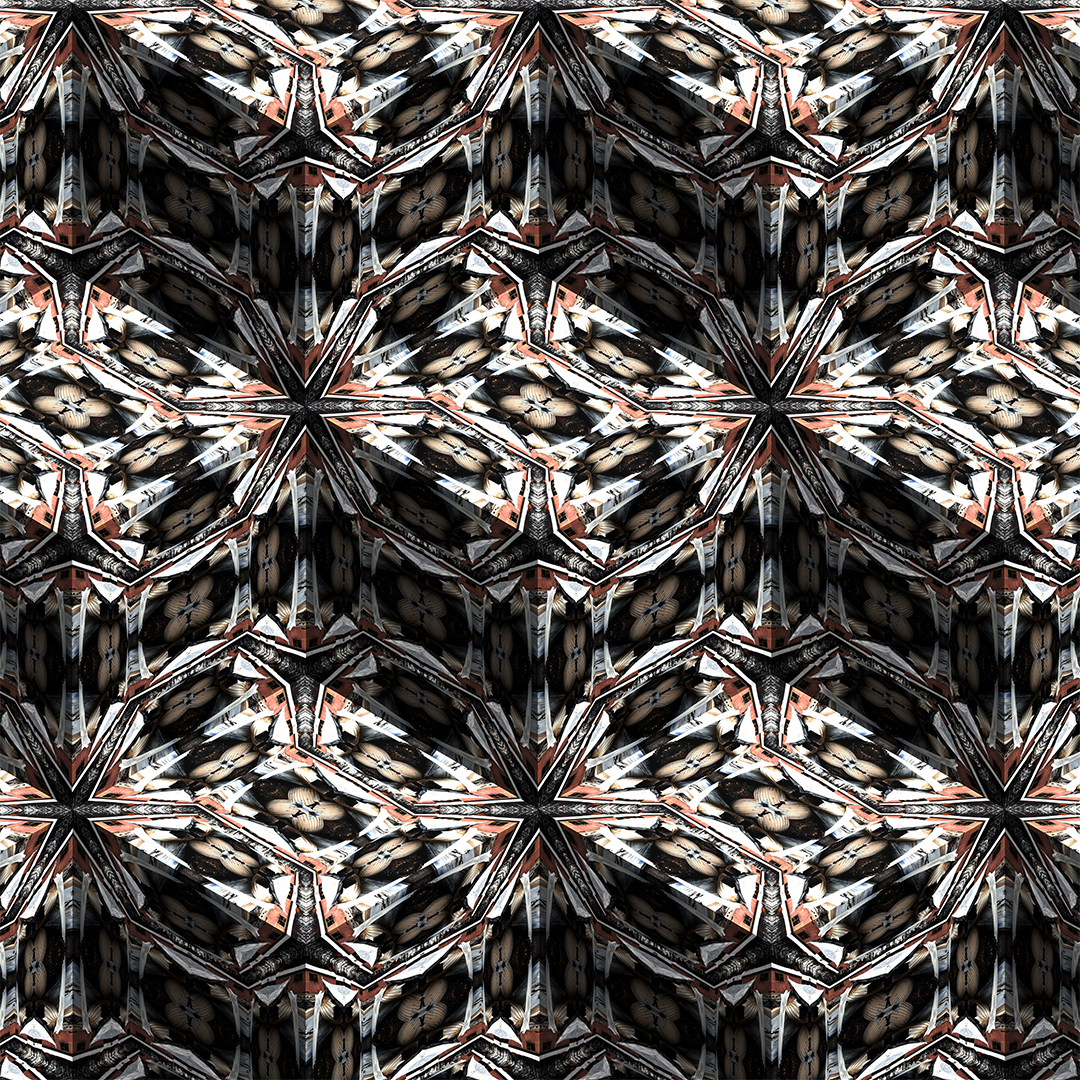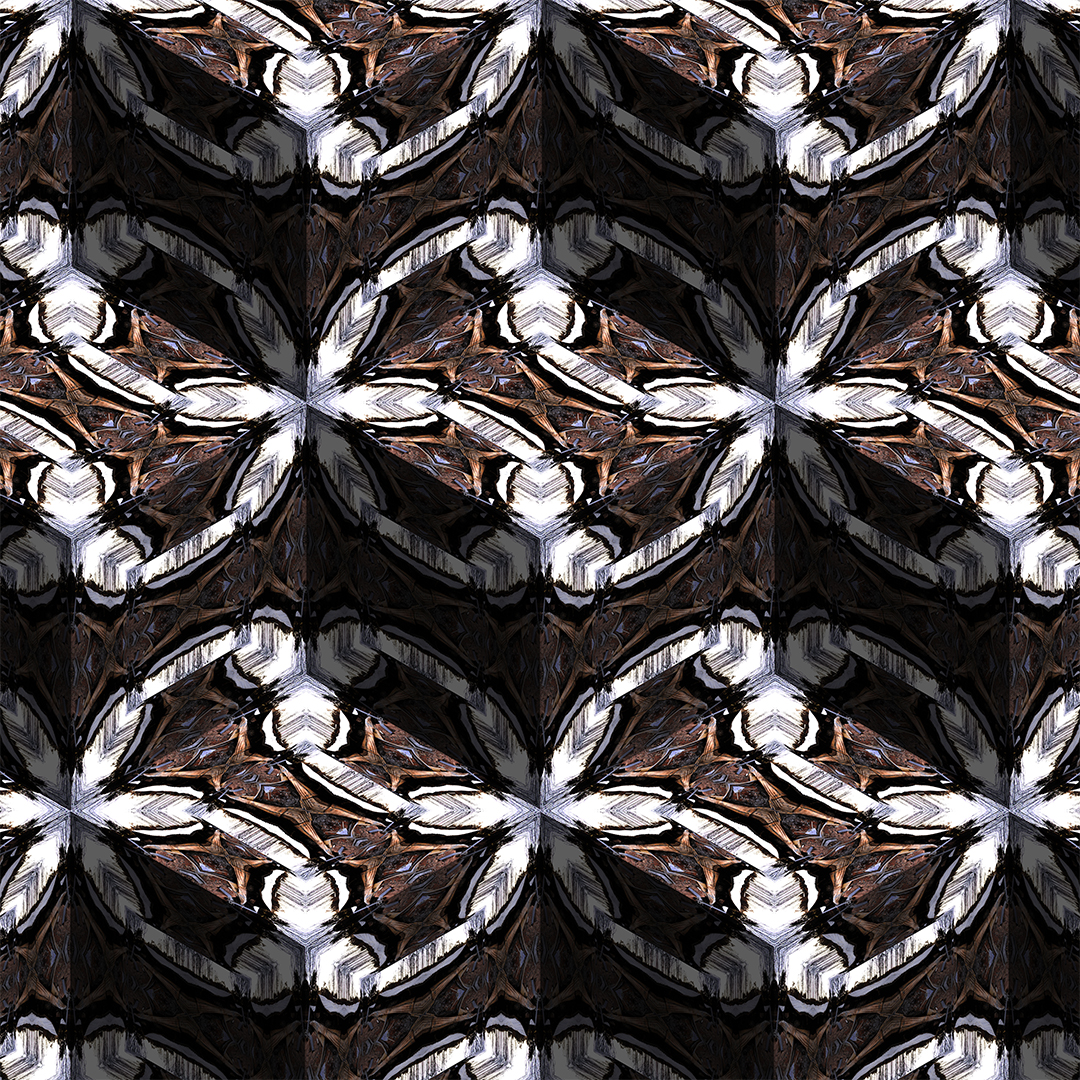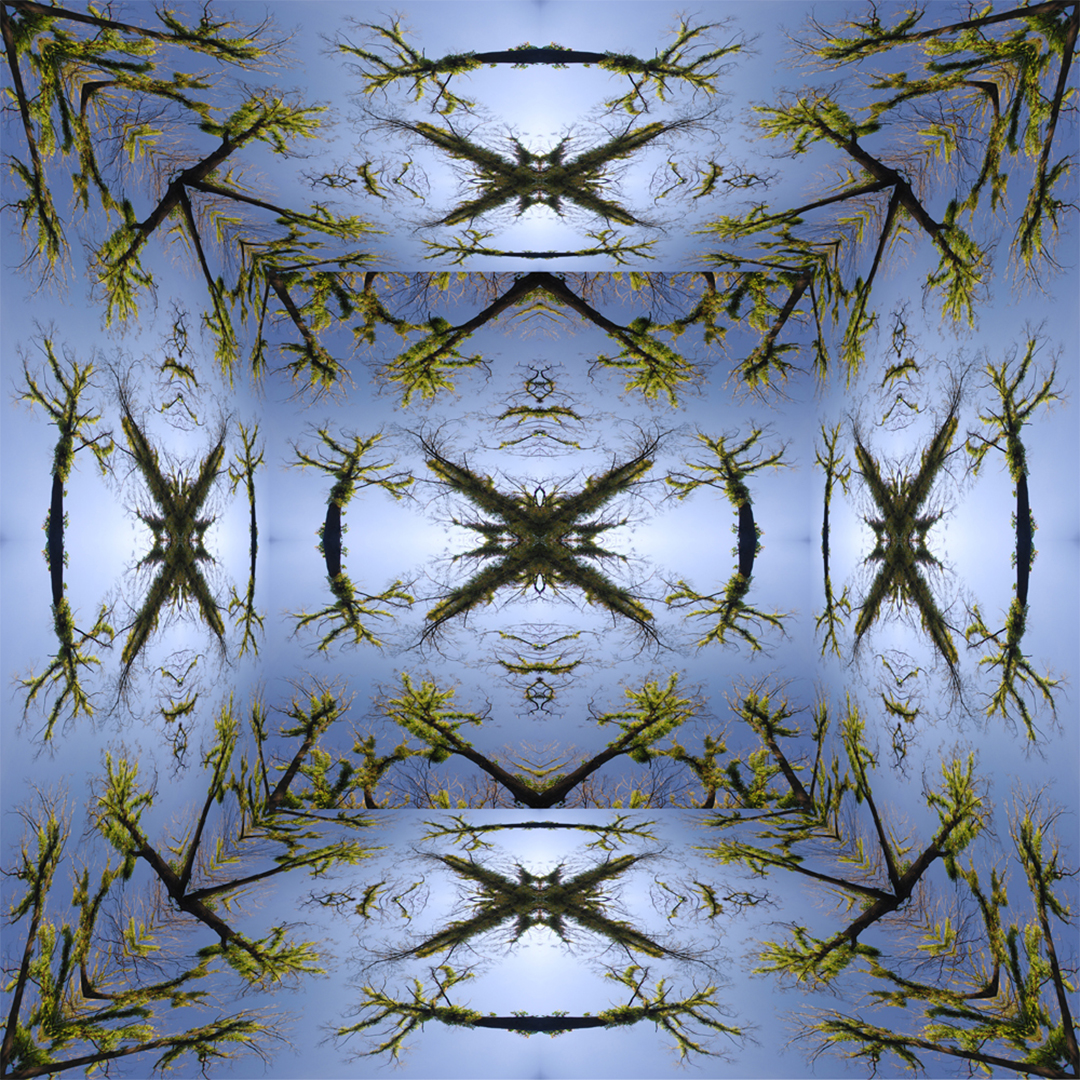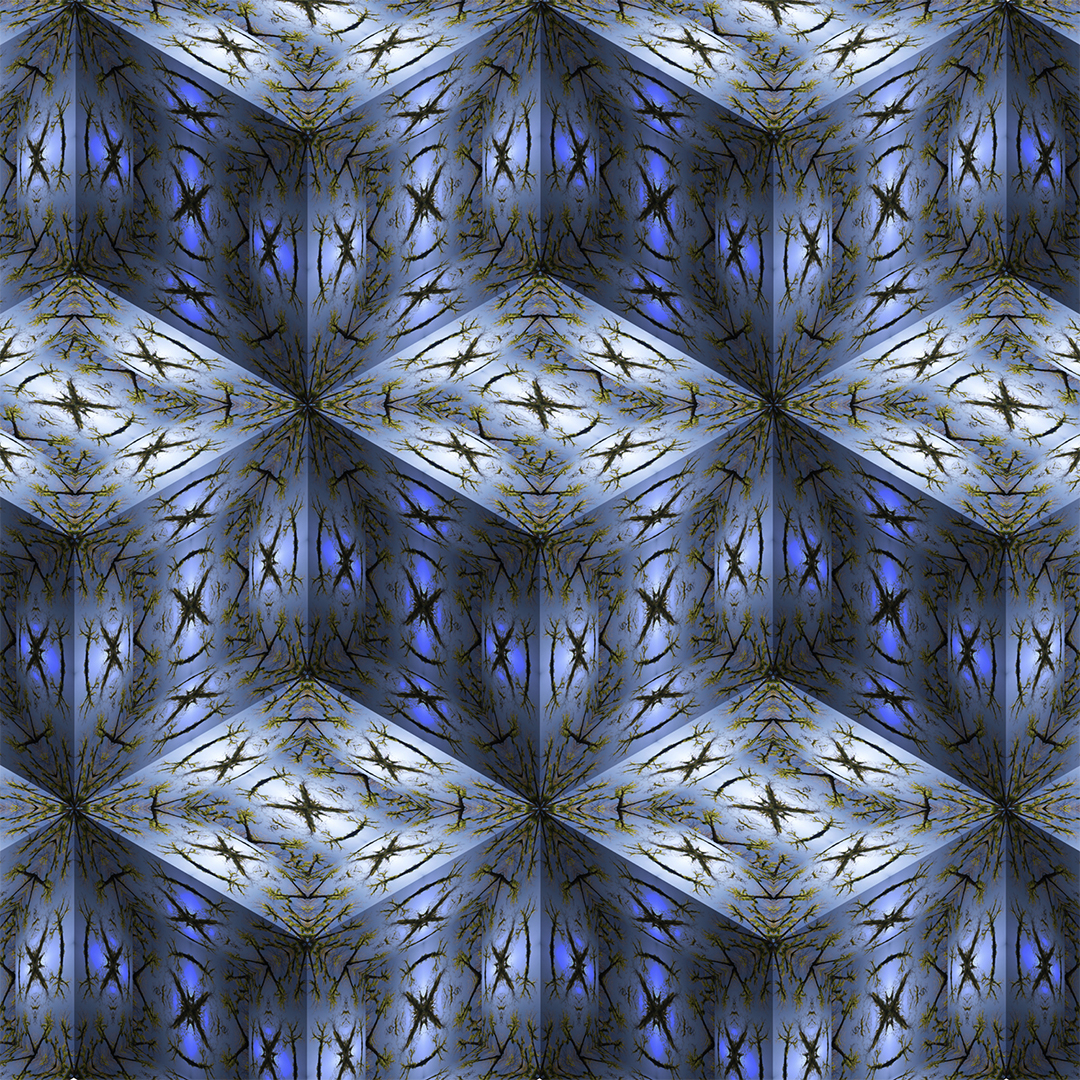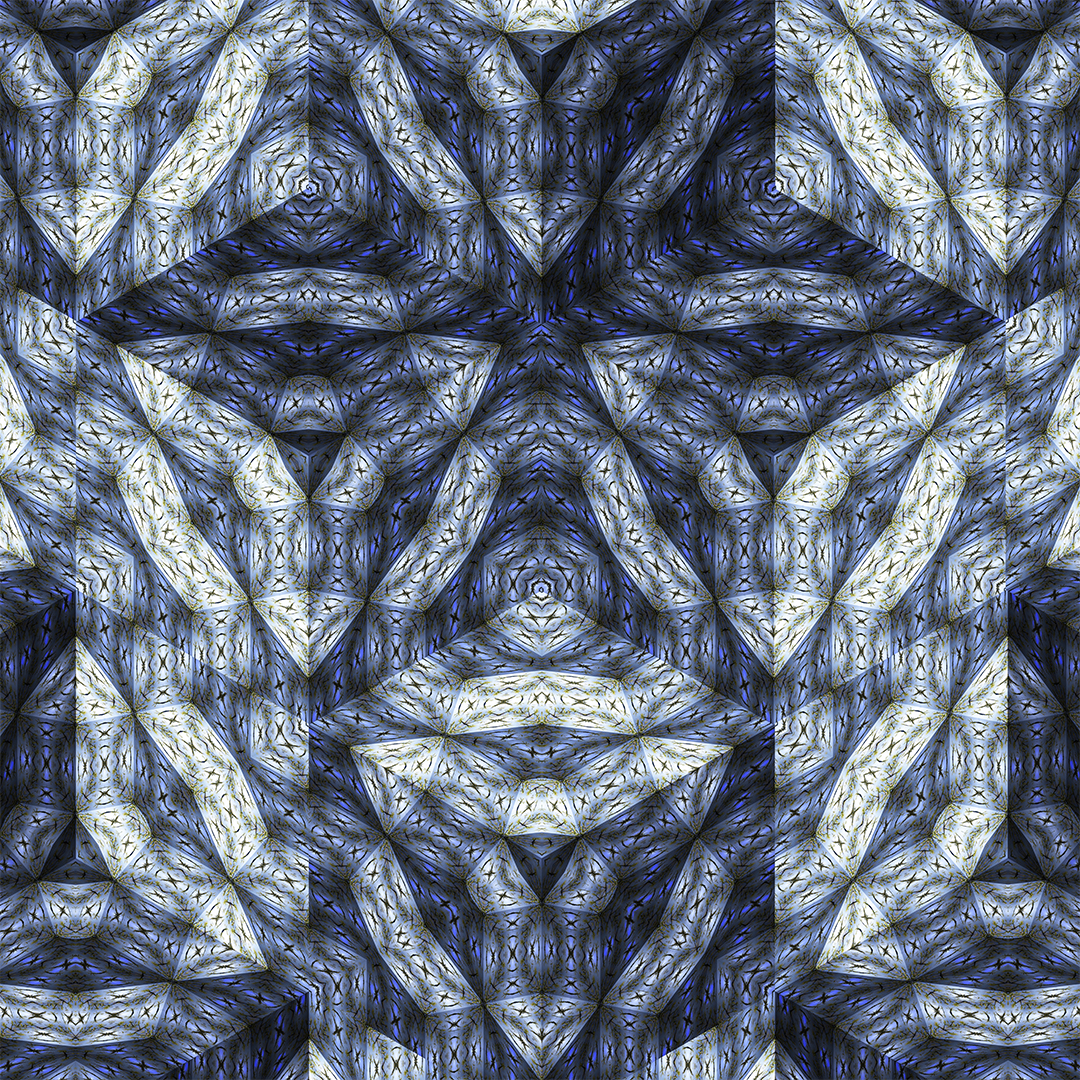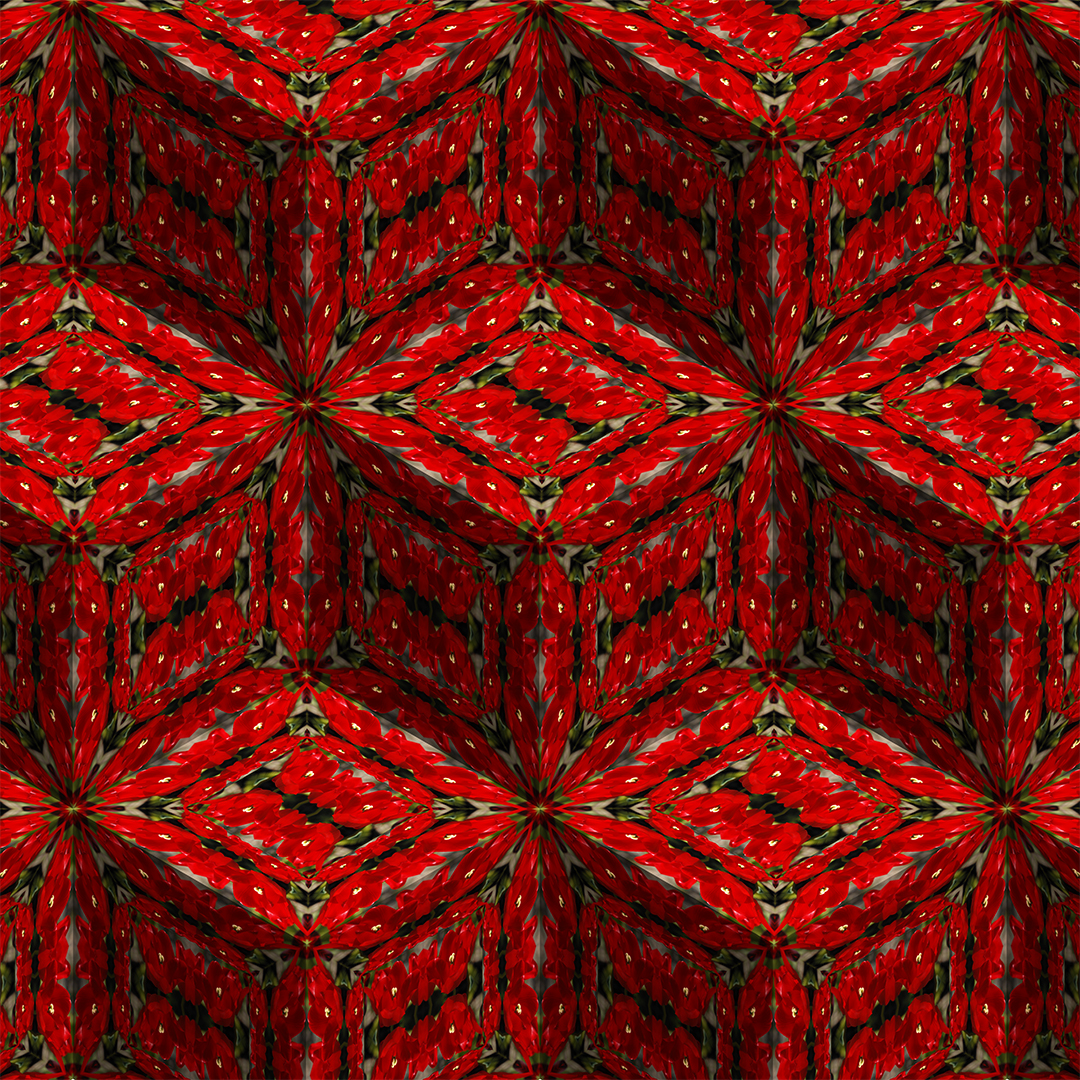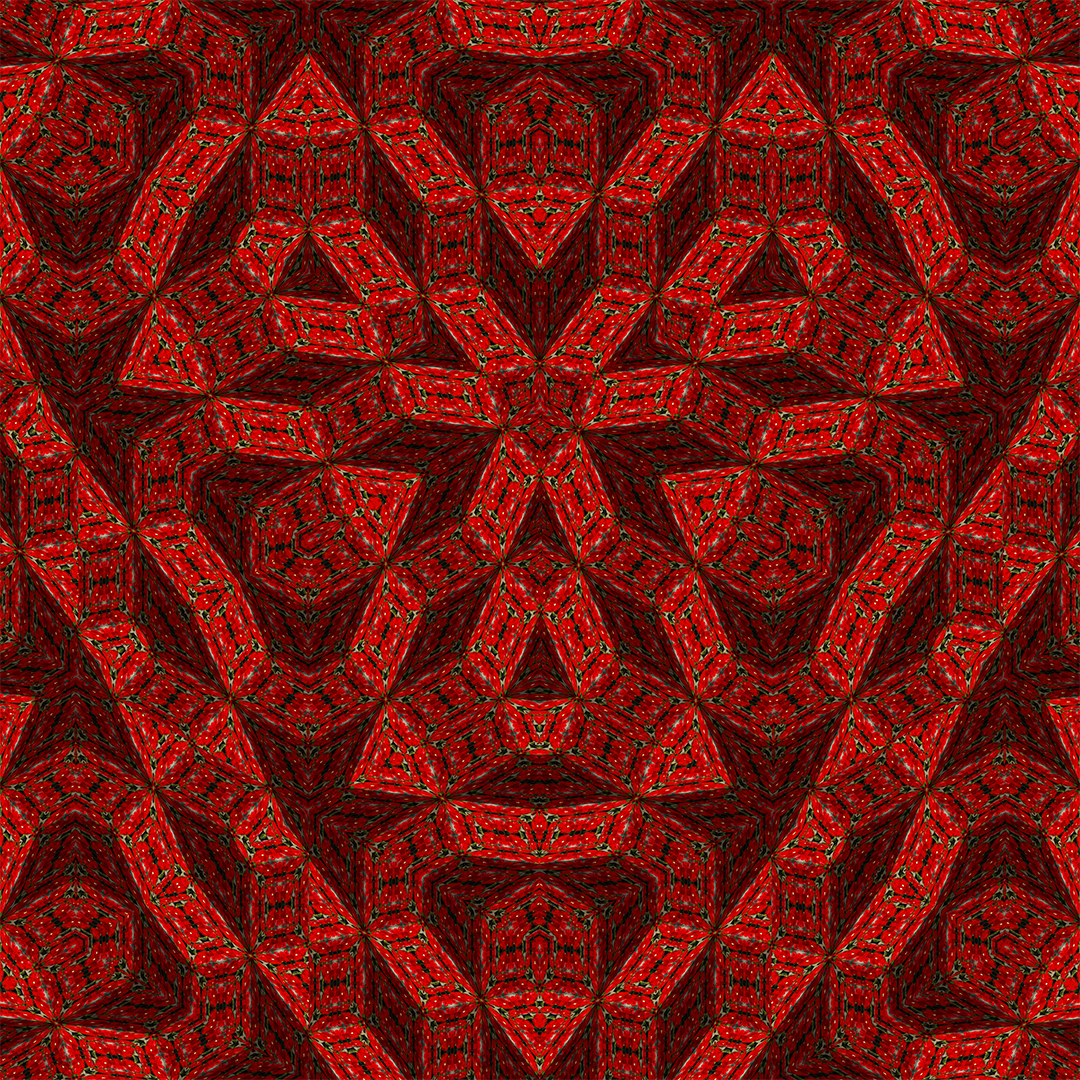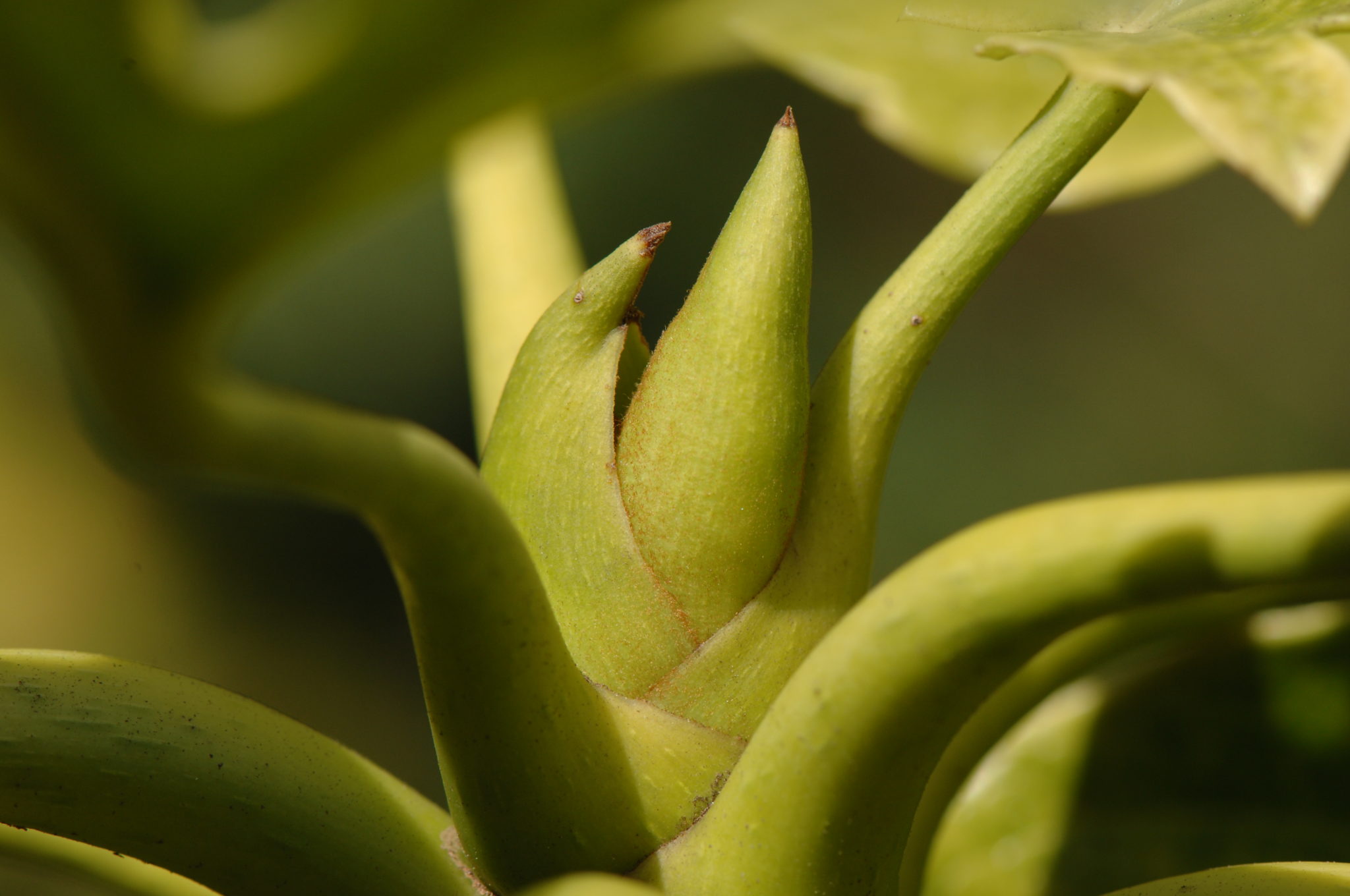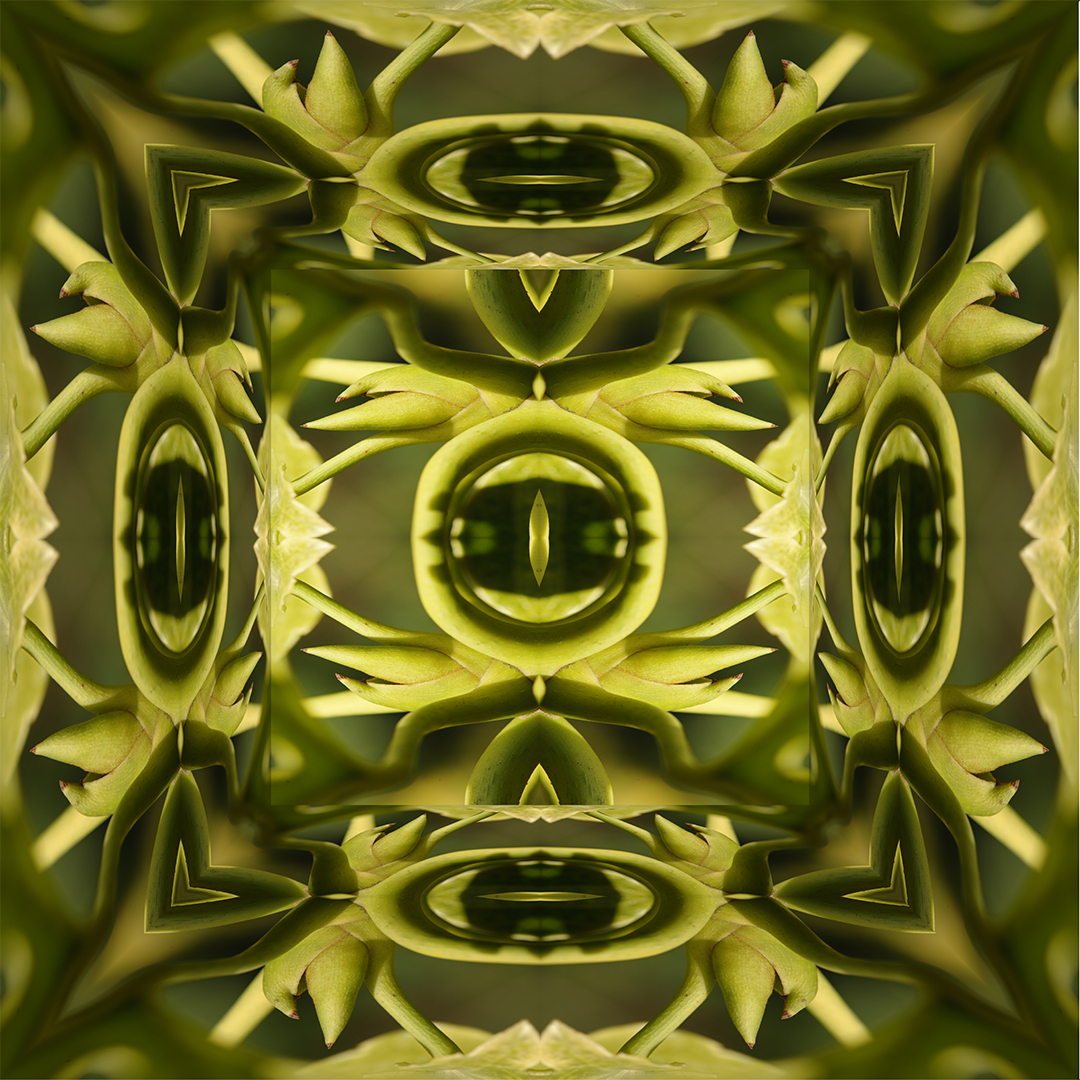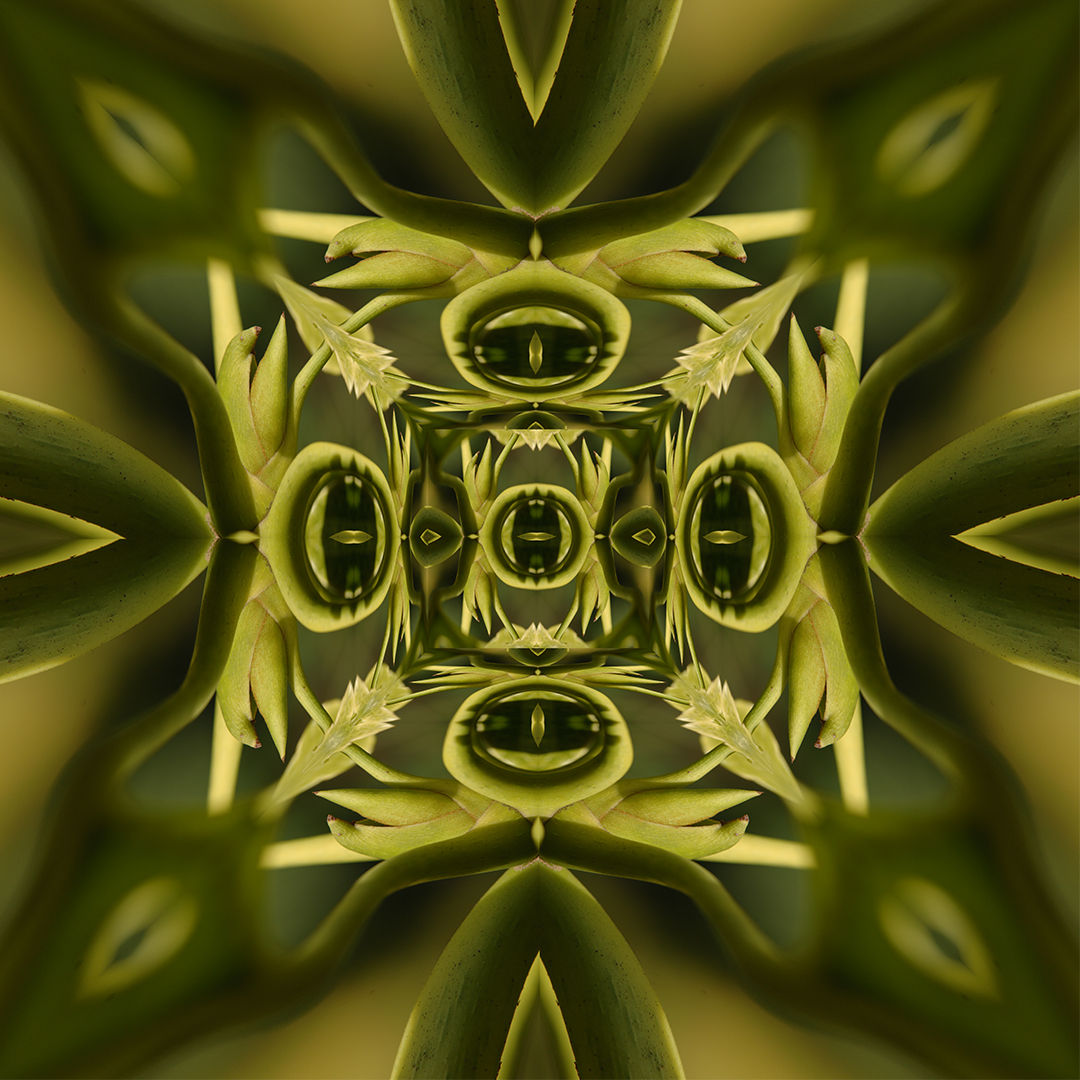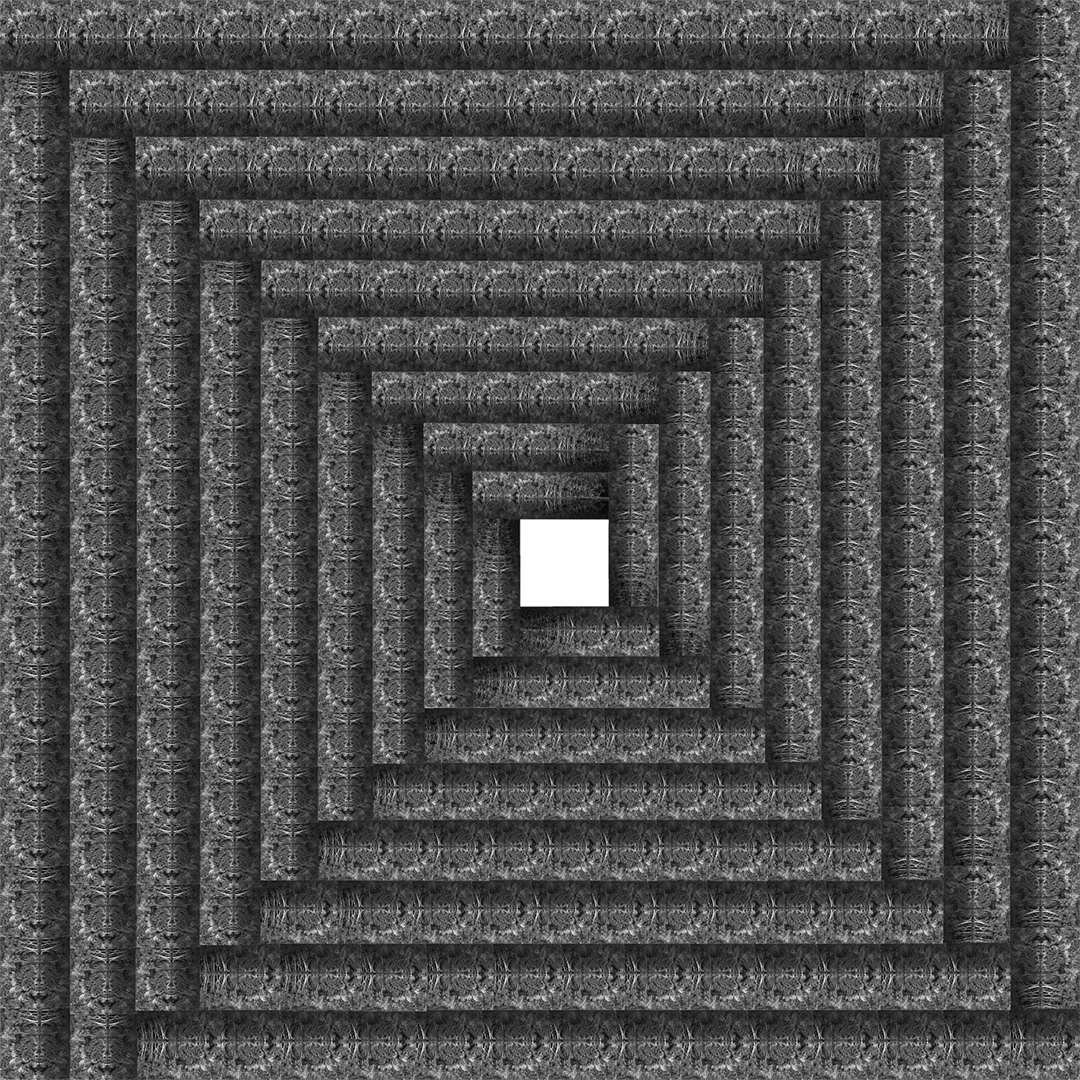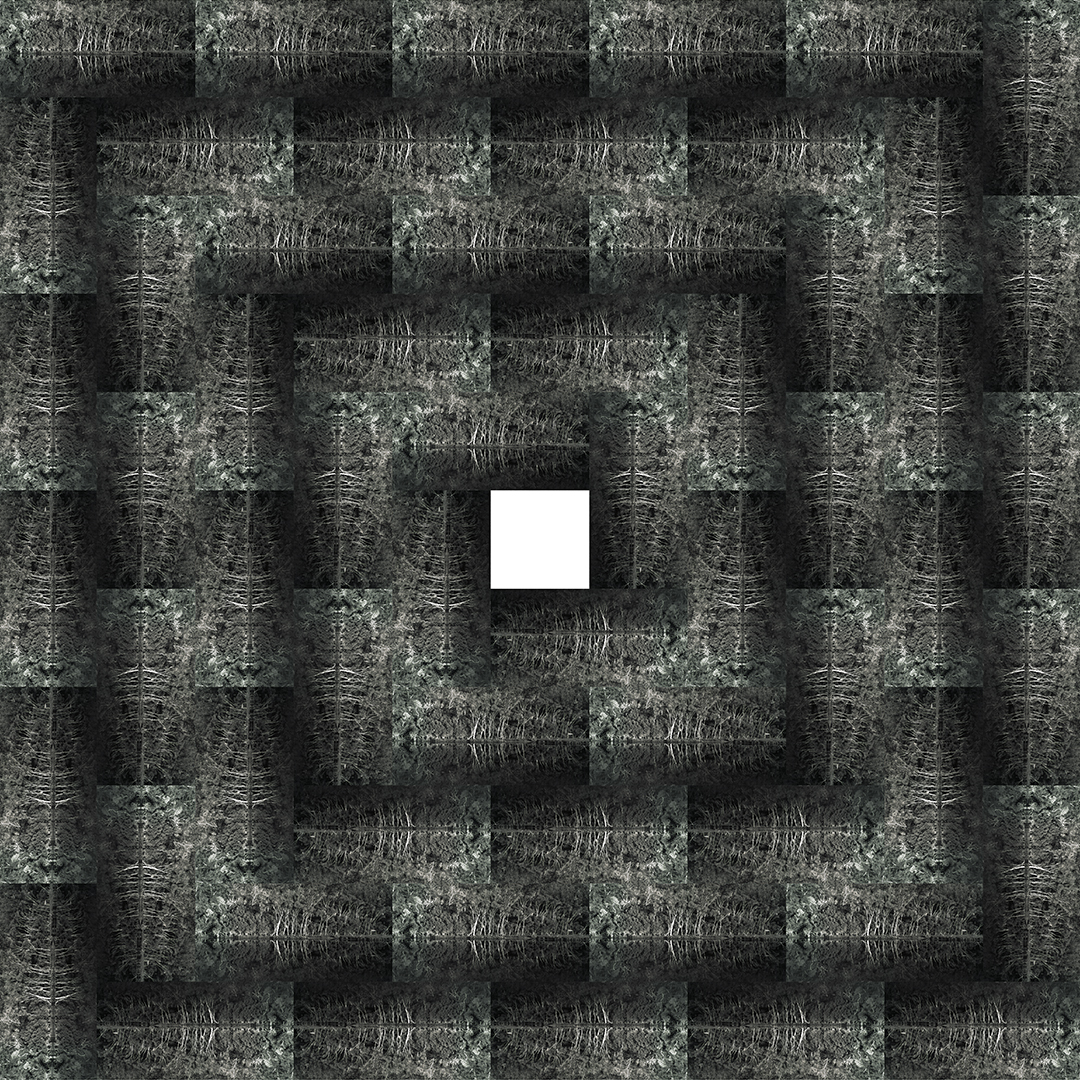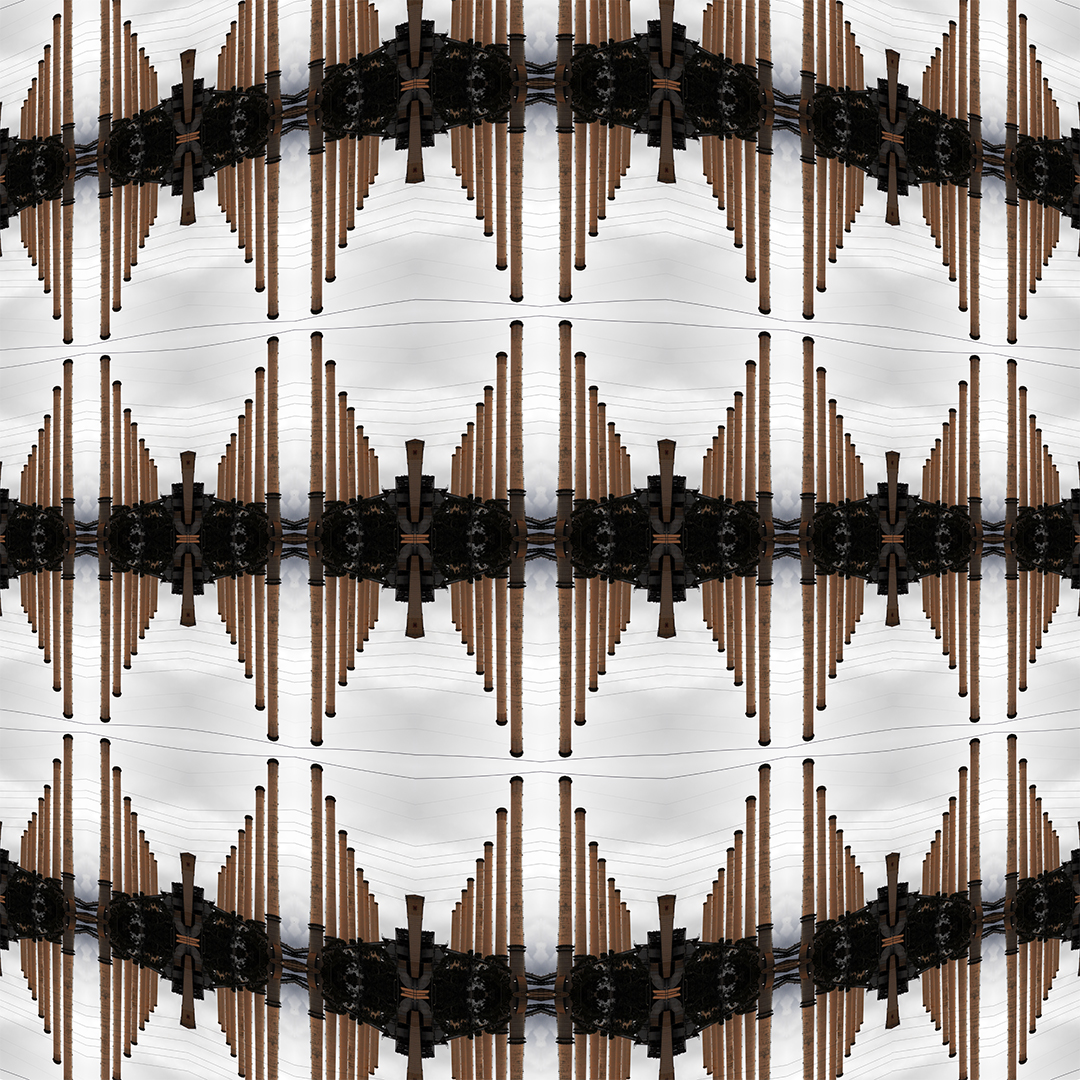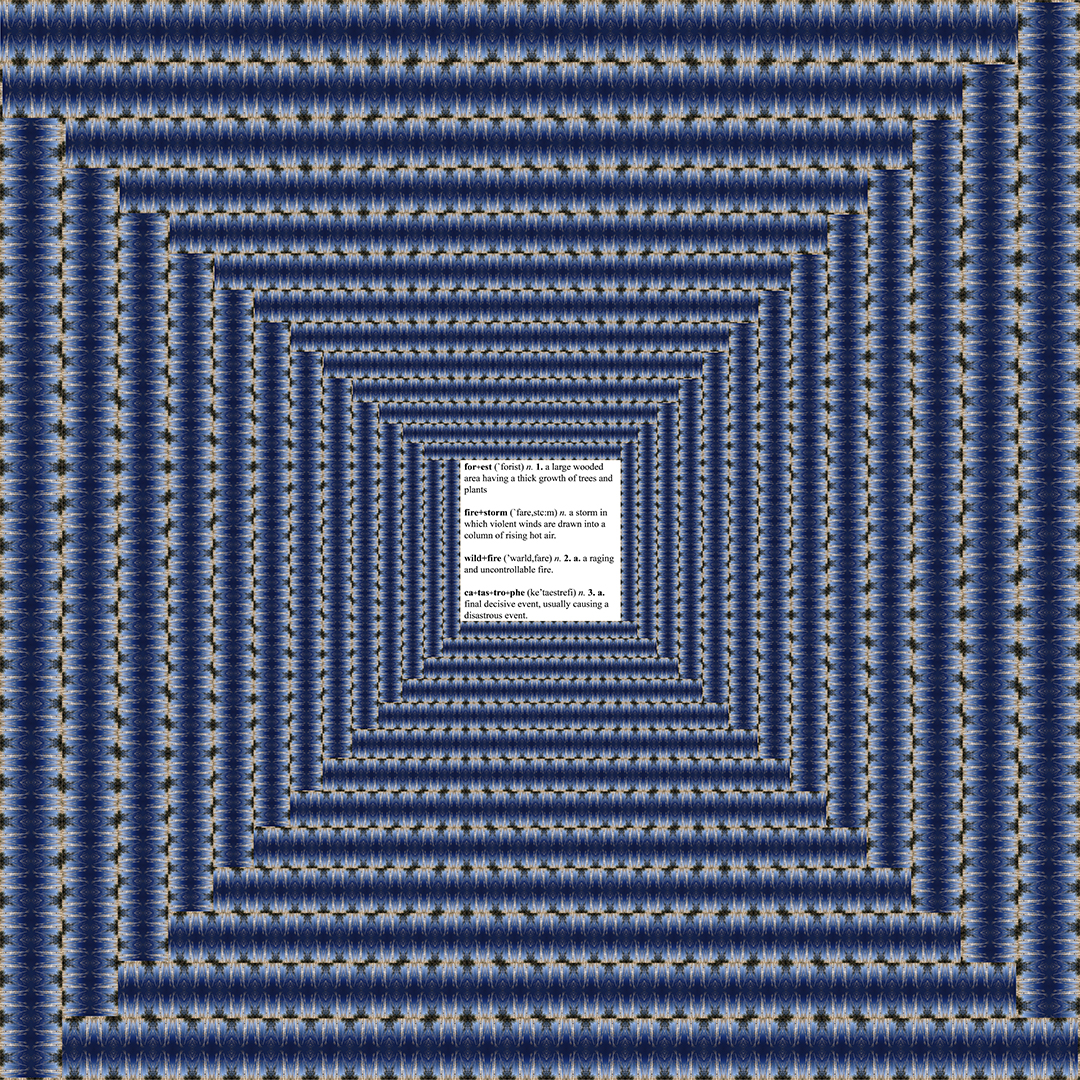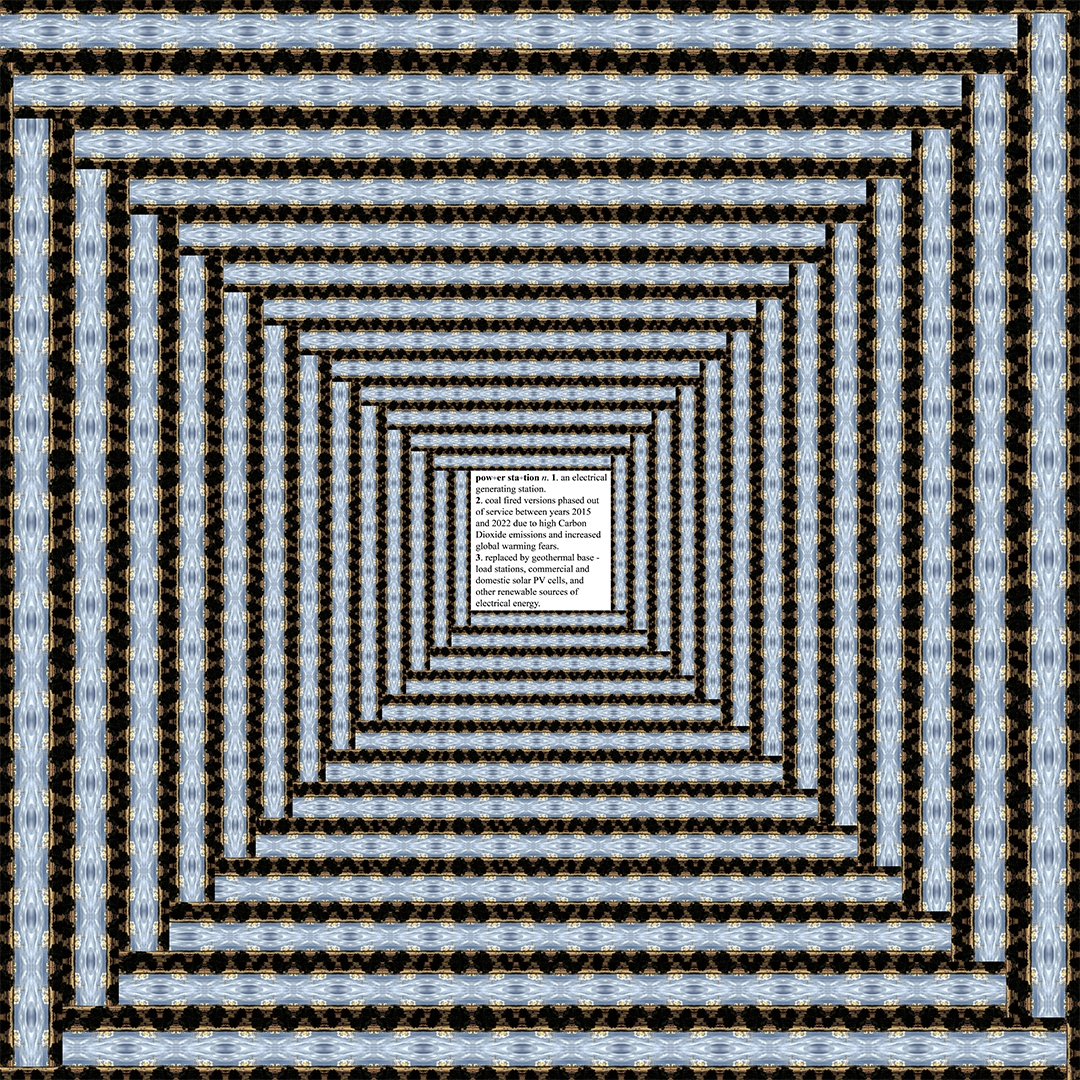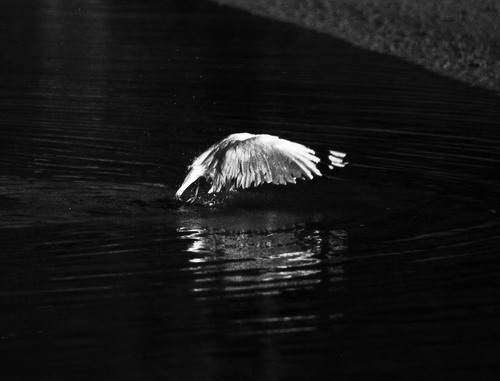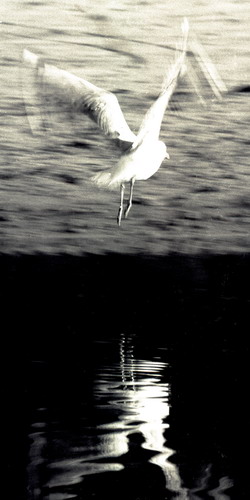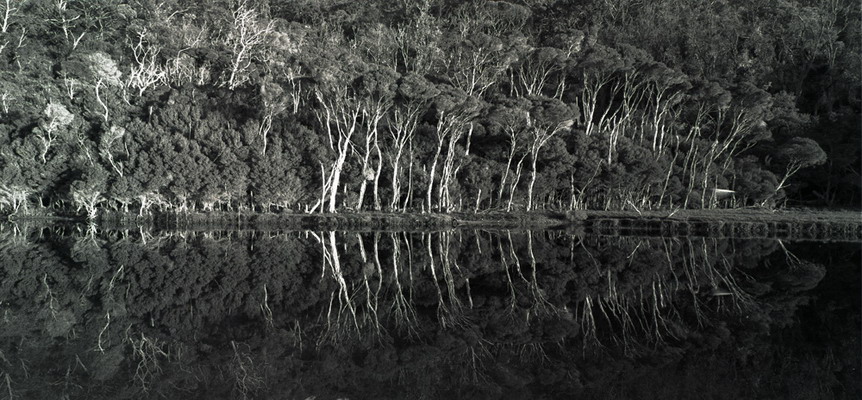Werner Theinert
My environmental photography explores the grave global issues that we face. My work is influenced by authors like Al Gore, Professor Garnaut, Tim Flannery and Richard Heinberg.
I use photography as a palette for the creation of stimulating visual compositions which have a clear, concise visual and intellectual impact in the viewer’s mind. My process involves connecting digital images in an ‘Escher’ like manner, grabbing a viewer’s attention with their visual vibrancy and the apparent way in which the pictures seem to shimmer and resonate.
My work has focused on the energy sector, exploring the generation, distribution and consumption of power. The large photographic panels consist of spiralling interconnected images, suggesting the downward spiral caused to our environment by human reliance on carbon emitting, carbon based technologies. Also the photographs with the abstracted repeated forms are analogies of human excesses and warped multiplied examples of our growing environmental negative outcomes. However, within my work there are hopeful signs of regeneration and the power of nature to heal itself.
My Fire Series is based on the Black Saturday bush fires, which I fought with my wife Ursula at our property in Callignee. Our property was devastated and my photographs are based on the distorted metal of our damaged property. The multiple cubes or rather ‘boxes’ refers to the many homes that suffered the same fate, and also represent the ‘containers’ of people’s lives and possessions. My fire series has enabled me to work through some of the intense emotional experiences of that horrific day and night by expressing the profound changes that overwhelmed our world by highlighting the new forms of the destroyed, into the beauty of a new beginning.
Coastal Bush Series
My exploration of pattern, reflections and optical illusions is still strong in this series of the mystical coastal bush I love. I am exploring the relationship between reality and fantasy and the visible and invisible each time I photograph the striving trees of the coastal bush. In my experimentation of the images, unknown or unrealized fantastical gargoyle like creatures appear to mesmerize and intrigue.
It is no secret that our fascination with things monstrous and the macabre are part of the human condition. The long history of myths and legacy surrounding grotesque chimeras, is colourful and varied in art history and religious studies. Folklorists believe that gargoyles, along with church bells and the weathercock are the three know defenses against the Devil.
My fantastic creatures of the mind may also be a sort of sacred scarecrow, but not of a cathedral or church, but of the wild, natural bushland that entices us to enter and protect.
Wonthaggi Series
My photographs initially focused on power stations and destroyed forests and later my burnt home after the Black Saturday Fires to the regeneration of the land and lives. Since moving to Wonthaggi an old black coal mining town along the Bass Coast my work looks at humankind’s presence in the environment and the marks left on the land. There are still the Escher like kaleidoscope of geometric sharp angular forms and optical illusions reflecting the creations of human kind on the environment.
Manmade creations like the Kilcunda Bridge and No 5 Brace in Wonthaggi reflect the right brained creations of progress and the changes through time, from once the bridge seeing trains hauling black coal to power cities and industry to now being a rail trail for bike riders and walkers enjoying the countryside. The No 5 Brace, which was a large, strong building collecting and sorting out the black coal from the underground mines and poured into train carriages is abandoned and collapsed. Its timber rotten and metal rusted and twisted is a somber and sad reminder of a bustling industry and proud history.
My photographs reflect our pleasure in order and patterns but also showing our need for control over our environment and lives but the optical illusions illustrate that the pathway of our journey does not go always to plan. Change is often random and unpredictable.
Bush Fire Series
My environmental photography includes a personal perspective about the aftermath of fire and the change that the conflagration created on the natural environment and the man-made environment. My images are based on my home and surroundings after my wife and I fought for our world during the Black Saturday fires. I attempt to capture the transformation of a new reality in the cold light of the morning after. My photographs endeavour to express the new forms of the destroyed into a hopeful beauty of a new beginning.
Environmental Series
I feel that the Black Saturday fires are one of the consequences of global warming and hope that my work will stimulate discussion and encourage people to do something positive towards lightening the burden on our environment. We have procrastinated too long and without action, I fear the gloomy predictions by the many environmental scientists may be realised.
After spending two years rebuilding our Studio Gallery and Shed, and repairing all the damage to the house and gardens surrounding our house in Callignee, we discovered a one acre property on the outskirts of Wonthaggi, with a view over the wetlands towards the Wonthaggi wind turbines. We have now built our new home and have begun the next chapter of our lives on the Bass Coast.
I have also retired from working in the Power Industry after nearly forty years , and have rediscovered my artistic journey, with a new series using some of the local icons as the base for my creations. (these are currently at the printers)



